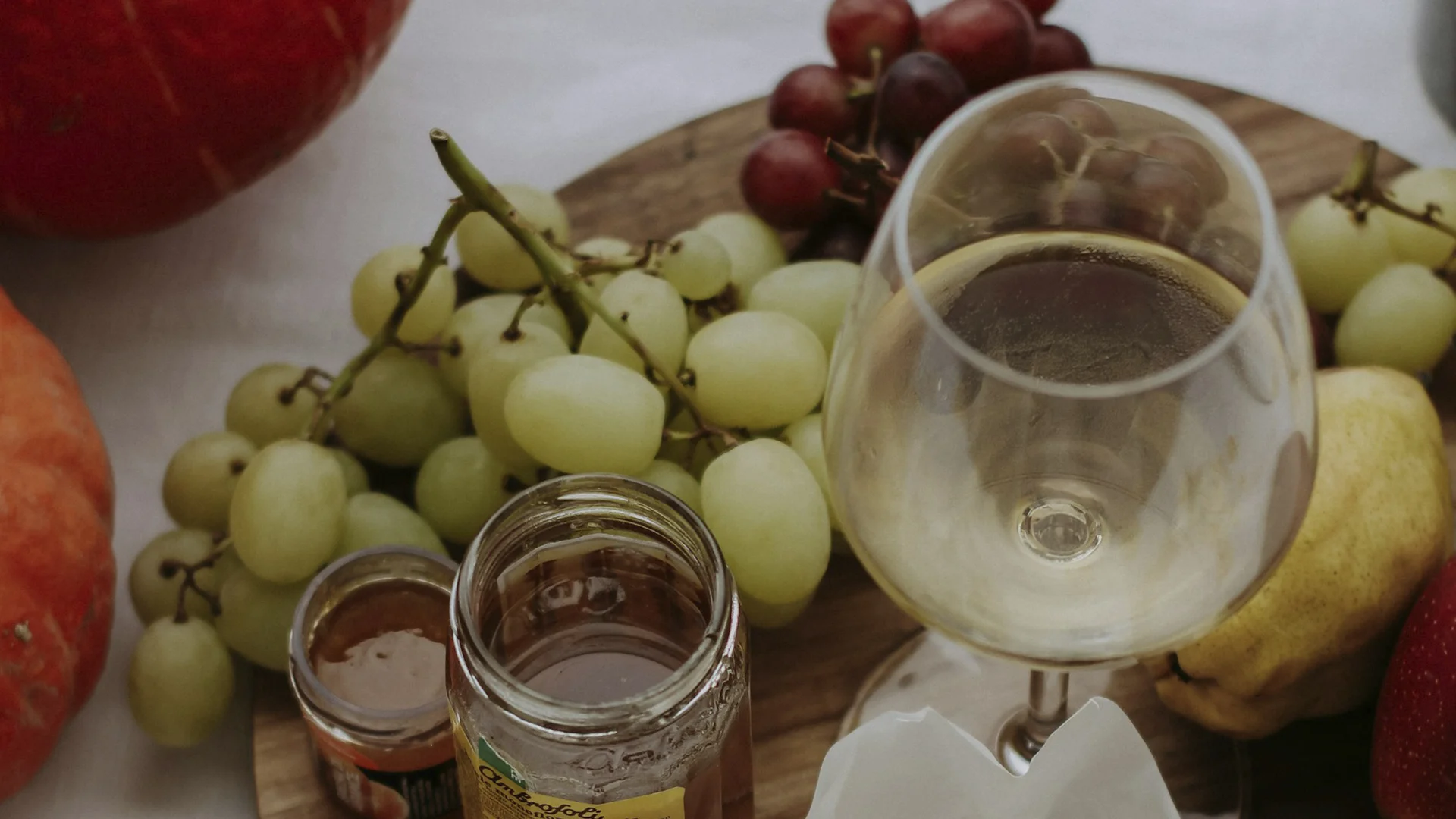
Arneis, Piedmont’s charming “little rascal” grape, has been quietly winning hearts with its aromatic elegance and vibrant character.
Arneis appears to derive its name from the local Piedmontese dialect, historically meaning “rascal” or “little difficult one,” reflecting both the grape’s challenging cultivation and its unique personality in Italian viticulture. Once teetering on the edge of extinction, this Italian white wine variety has made a remarkable comeback, enchanting wine lovers with its fragrant notes of ripe pears, white flowers, and crisp citrus. Among the many grape varieties cultivated in Italy and beyond, Arneis stands out for its distinctive profile and the cultivation challenges it shares with other notable white grape varieties.
Whether you’re a seasoned sommelier or a curious enthusiast eager to expand your wine knowledge, Arneis offers a unique journey through Italy’s rolling hills and rich winemaking traditions. Join us as we delve deep into the story, flavours, and allure of this hidden gem from northwest Italy.
Arneis is a white Italian wine grape from Piedmont, renowned for the aromatic wines it produces, characterized by a floral aroma and a fruit-forward profile. Its aromatic profile includes fragrances of pear, apricot, white flowers, and chamomile. Arneis is known for its fruit-forward profile, featuring flavours like apple, pear, and stone fruits.
Once nearly extinct, this grape (whose name means little rascal in the local Piemontese dialect) was revived in the 1970s by visionaries like Alfredo Currado (Vietti) and Bruno Giacosa. The identity and winemaking style of Arneis are shaped by the two regions of Roero and Langhe, each contributing unique characteristics to the grape.
Today, Arneis is enjoying a resurgence as global demand for crisp, saline whites soars. The wines are typically dry, with vibrant acidity, and rich aromas of pear, apricot and white flowers.
Think of Arneis as Piedmont’s secret white – lighter than its famed reds but delivering an almost perfumed intensity that punches above its weight in quality and versatility. Arneis can be compared to some of the elegant white wines from France, sharing a focus on aromatic complexity and freshness.
Pronounce Arneis like “ahr-NAYS” (emphasis on the second syllable). Getting the name right is part of showing respect for wine: it tells hosts you know the grape’s Piedmontese roots.
The Arneis grape (also known as Nebbiolo Bianco, White Barolo, or Barolo Bianco) has no genetic connection to Nebbiolo, despite its aliases.
For centuries, Piedmontese vignerons used Arneis berries to soften Barolo or Barbaresco by blending in a dash of its fragrant juice. The nebbiolo grape, central to red wine production in Piedmont and the foundation of Barolo and Barbaresco, was historically blended with Arneis and Barbera to mitigate its robust tannins, reflecting the regional blending traditions and the grape's significance in Italian wine culture.
Historically, Arneis was often blended with Nebbiolo and Barbera to mitigate their tannins, contributing to its decline when producers shifted focus to mono-varietal wines. The variety is notoriously finicky, being low-yielding, susceptible to powdery mildew, and prone to losing acidity quickly in hot years. These traits gave rise to its nickname “little rascal.” Arneis is particularly susceptible to fungal diseases, including powdery mildew, and therefore requires diligent vineyard management.
Arneis thrives in Piedmont’s cool, hilly terroir – especially in sandy, calcareous soils that help preserve acidity. It is a key part of Roero DOCG whites and Langhe DOCs. Under ideal conditions (early harvest, moderate ripeness), vines reward growers with intense aromatics and bright acidity. Producers must harvest Arneis grapes early in the season, ideally in early September, to preserve acidity.
Arneis wines are typically dry, but they may occasionally exhibit an off-dry quality. In short, Arneis is a challenging vine to cultivate – its “difficult and demanding” nature requires vigilant care – but the payoff is uniquely aromatic, high-quality wine.
Arneis remains relatively small in scale compared to other varieties, such as Nebbiolo, but it is gaining traction worldwide. Once nearly forgotten, it now rides the wave of Italy’s growing reputation for distinctive, terroir-driven whites. Arneis faced near extinction in the 1960s and 1970s due to a decline in interest as Piemonte’s red wines gained popularity.
Arneis, one of Italy’s most intriguing white wine grapes, traces its origins to the picturesque Piedmont region in northwestern Italy. The name “Arneis” means “little rascal” in the local Piemontese dialect—a nod to the grape’s reputation for being both challenging to grow and rewarding for those who master it. For centuries, Arneis grapes flourished in the rolling hills of the Roero region, where the sandy soils and temperate climate helped shape the grape’s signature bright acidity and expressive aromas.
Historically, Arneis played a supporting role in Piedmont’s winemaking traditions. Local producers often blended Arneis with Nebbiolo, the region’s famed red grape, to soften Nebbiolo’s robust tannins and add a touch of aromatic lift. Over time, however, the practice of blending faded, and Arneis began to shine on its own. By the late 20th century, visionary winemakers like Alfredo Currado recognized the potential of this aromatic wine grape variety, championing its revival and replanting vineyards that had nearly disappeared.
The first written records of Arneis date back to the 15th century, underscoring its deep roots in Italian wine history. While it was once primarily used in blends, today Arneis is celebrated as a single-varietal wine, prized for its fruit-forward profile and delicate floral notes. In the glass, Arneis wines are renowned for their enticing aromas of green apples, ripe pears, and white flowers, balanced by a crisp, refreshing acidity that sets them apart among Italian white wines.
The Roero region remains the heartland of Arneis, with its rolling hills and cooler microclimates providing the ideal environment for the grape to thrive. Here, the vineyards produce wines that capture the essence of the local terroir—vivid, aromatic, and full of character. While Arneis is still most closely associated with Piedmont, its appeal has inspired plantings in other wine regions, including Australia and New Zealand, where winemakers seek to replicate its signature flavours and vibrant freshness.
Today, Arneis is recognized as a unique and high-quality grape variety, offering wine lovers a taste of Italy’s rich winemaking heritage. Its journey from blending partner to star varietal is a testament to the dedication of Piedmont’s winemakers and the enduring allure of this “little rascal.” For anyone eager to expand their wine knowledge and discover new flavors, Arneis is a must-try—an aromatic, fruit-driven white wine that captures the spirit of the Italian countryside in every sip.
Arneis is a tricky grape to vinify because it oxidizes quickly. Winemakers take different approaches, but the goal is always the same: to preserve its aromatic freshness and lively acidity while adding just enough texture for balance.
Protective handling: Grapes are pressed immediately, the juice is clarified, and fermentation is conducted at a cool temperature in stainless steel or neutral vessels.
Lees Aging: Some wines are aged on the spent yeast (lees) to add mid-palate richness and a subtle, creamy feel.
Malolactic Fermentation: Usually avoided to retain bright acidity and crispness.
Overall Approach: Minimal sulphur, precise temperature control, and restrained oak use to highlight fruit, flowers, and freshness.
Finally, Arneis wines are carefully bottled to preserve their freshness, clarity, and overall quality.
Arneis is a bright, medium-bodied white that combines fruity richness with floral lift. Its character shifts with climate and winemaking, but it consistently offers a balance of juiciness, minerality, and crisp acidity.
Arneis’s crisp acidity, aromatic lift, and nutty finish make it one of the most versatile whites from Italy. It adapts seamlessly from light seafood to richer regional dishes, making it a favourite of sommeliers for food pairing. Arneis pairs beautifully with light proteins and dishes that incorporate roasted fruits.
Arneis is deeply tied to the Piedmont region, in Northwestern Italy, where soil, slope, and climate shape its identity. While it has a few global experiments, the grape’s authenticity lives in the warmer areas of Roero and Langhe. Arneis is an ancient white grape variety native to Piemonte, Italy, with written references dating back to the 15th century.
Serve Arneis well chilled (7–10 °C / 45–50 °F) to showcase its crispness. A standard tulip-shaped white wine glass is ideal – it concentrates the delicate aromatics and maintains a cool temperature. No need to decant; Arneis is meant to be youthful and expressive.
For storage, keep bottles on their sides in a cool, dark cellar if you plan to hold them. However, Arneis generally doesn’t need long aging. Most producers advise enjoying it within 2–4 years of the vintage. Over time, its fruity bouquet will fade. If you find a 2–3 year old Arneis, drink it soon to enjoy its full vitality.
In summary: chill, serve in a glass, and sip now.
Though both are Piedmontese whites, Arneis and Cortese (Gavi) have distinct personalities.
In short, Arneis tends to be richer and fruitier than a typical Gavi, with nutty nuances, whereas Gavi (Cortese) is leaner and more citrus-mineral. Think of Gavi as the Crisp Lemon Chablis of Italy, and Arneis as the Juicy Peach-pear Sauvignon Blanc – each lovely with food, but differently poised.
Arneis producers increasingly embrace eco-friendly practices, recognizing that terroir expression depends on environmental stewardship. Many estates lead with sustainability as both a farming philosophy and a marketing strength.
Arneis is Piedmont’s quirky white triumph: once on the verge of obscurity, now a darling of sommeliers seeking freshness and finesse. It marries vivacious acidity with opulent fruit – a true sensory contrast. Drinking Arneis is like sipping spring in a glass: lively, fragrant, and utterly food-friendly. Many grape growers abandoned Arneis because it is challenging to grow and tends to oxidize easily unless made in a temperature-controlled environment.
In the global wine scene, Arneis stands out as an example of how a local grape can charm the world. Its crisp pear and citrus flavours, floral perfume, and subtle nutty finish make it both fascinating to explore and gratifyingly easy to enjoy. In my review of Arneis, I found it especially rewarding when tasted slightly chilled, which highlights its freshness and aromatic complexity.
Next time you want a white wine that’s more than Chardonnay, let Arneis, Piedmont’s “little rascal,” surprise you with its elegance and versatility.

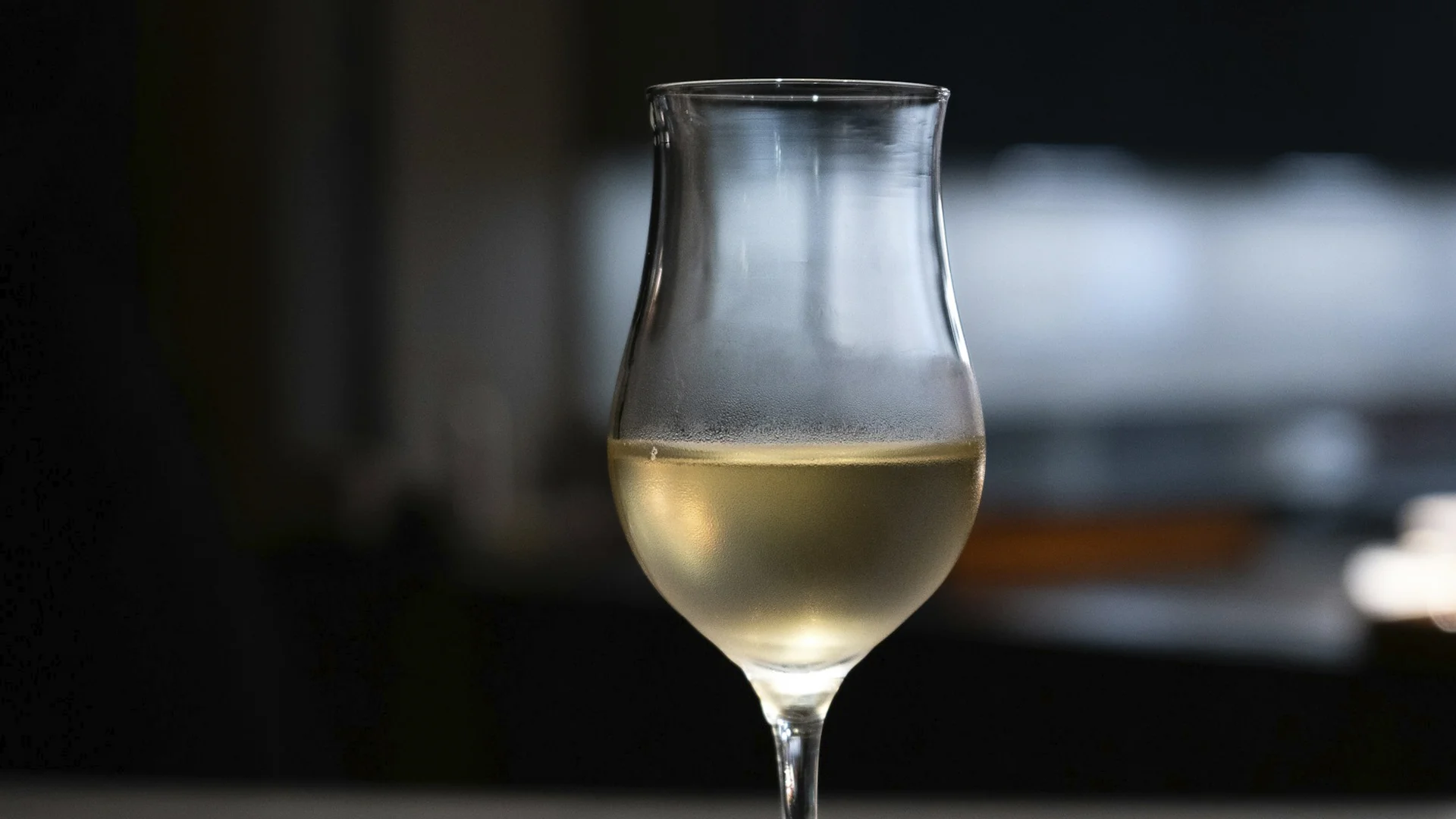
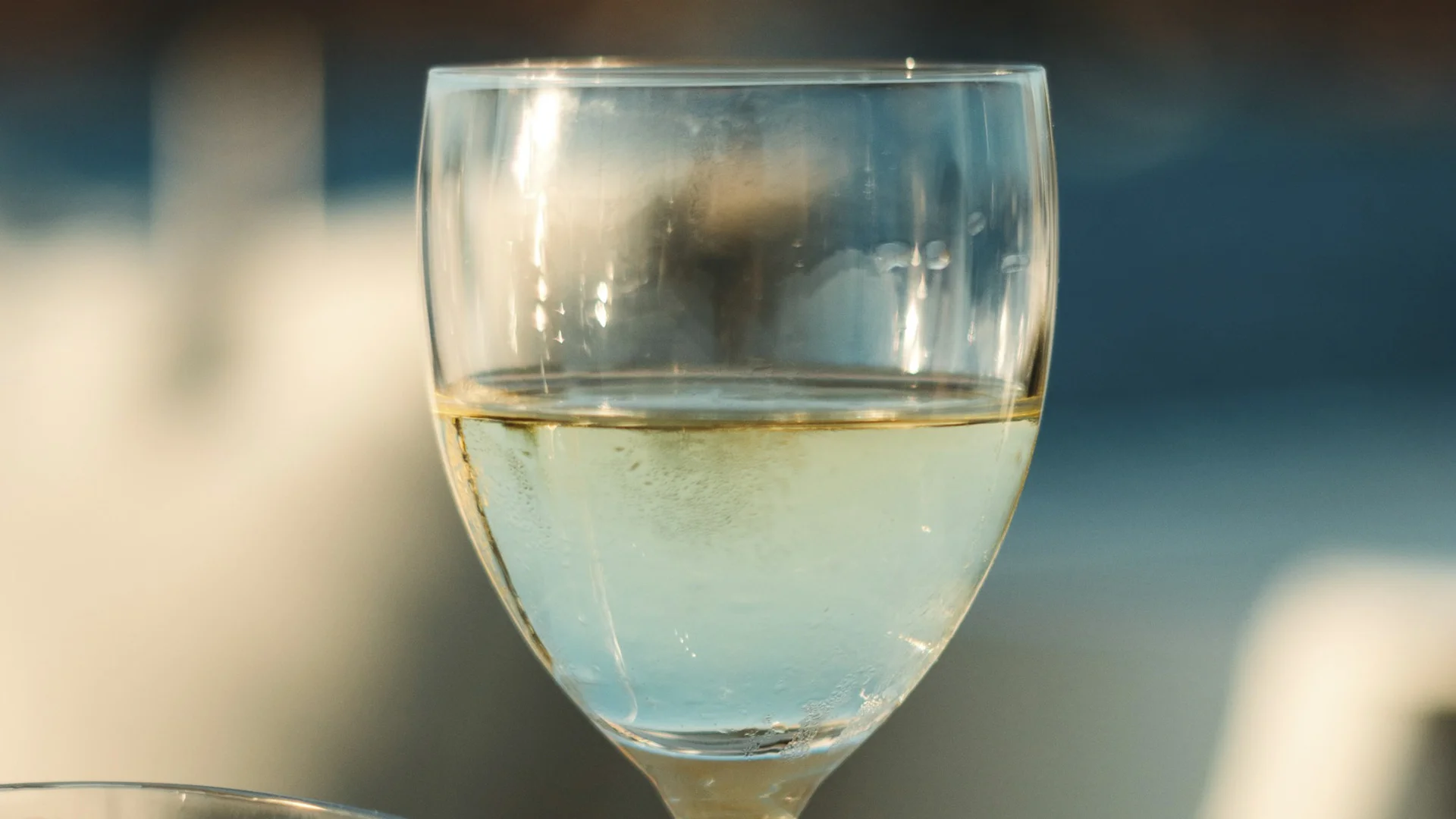
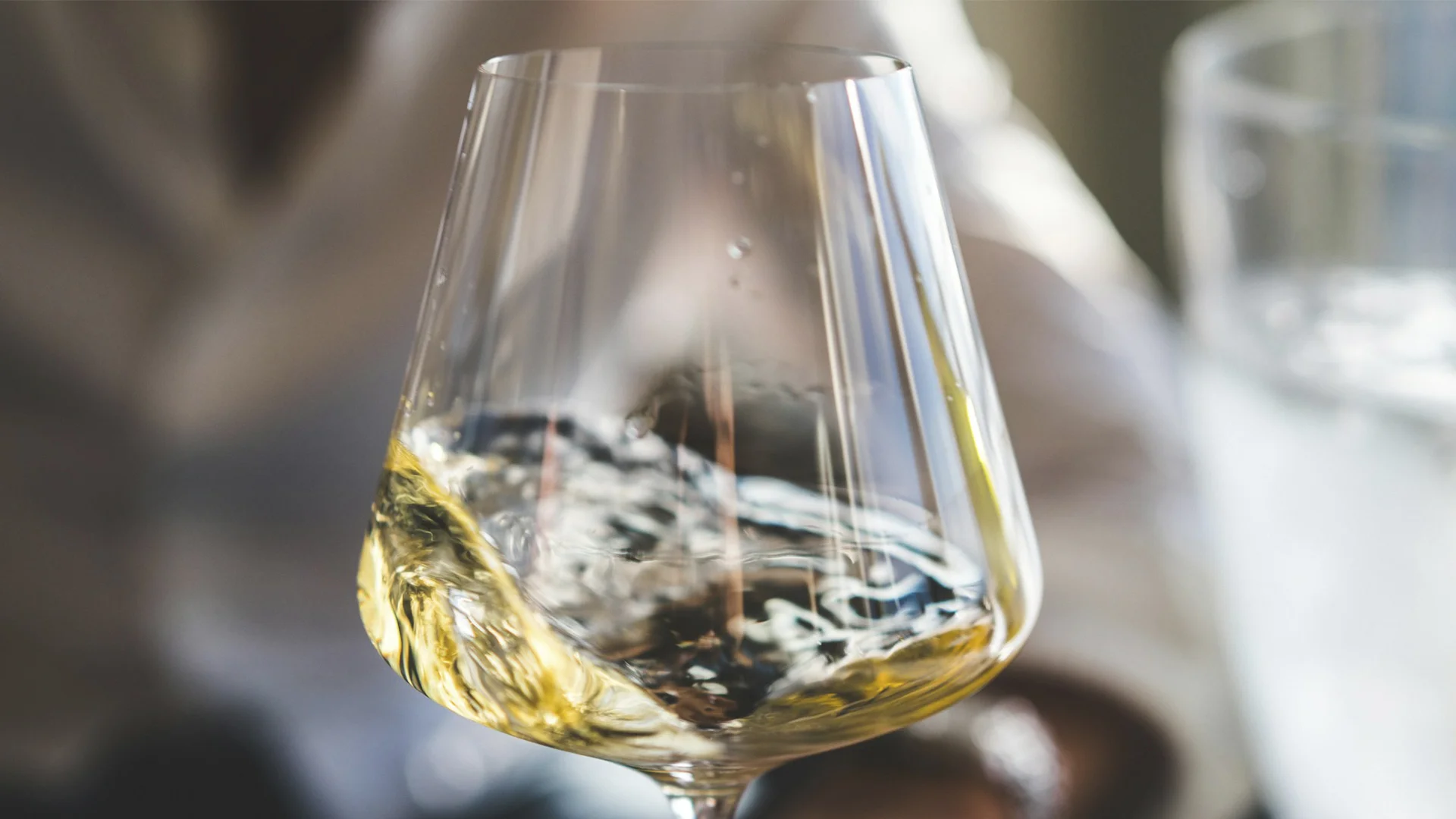
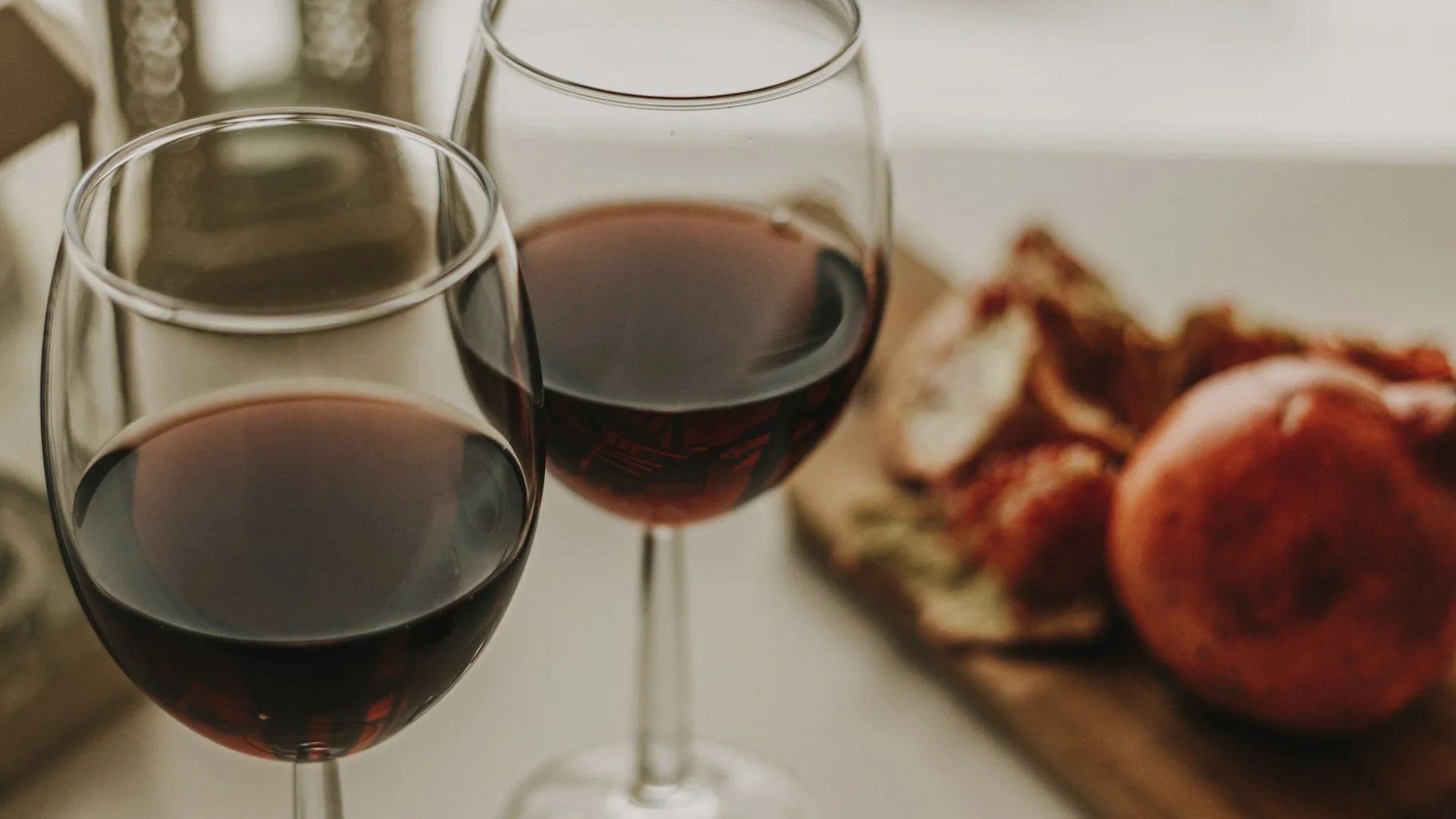
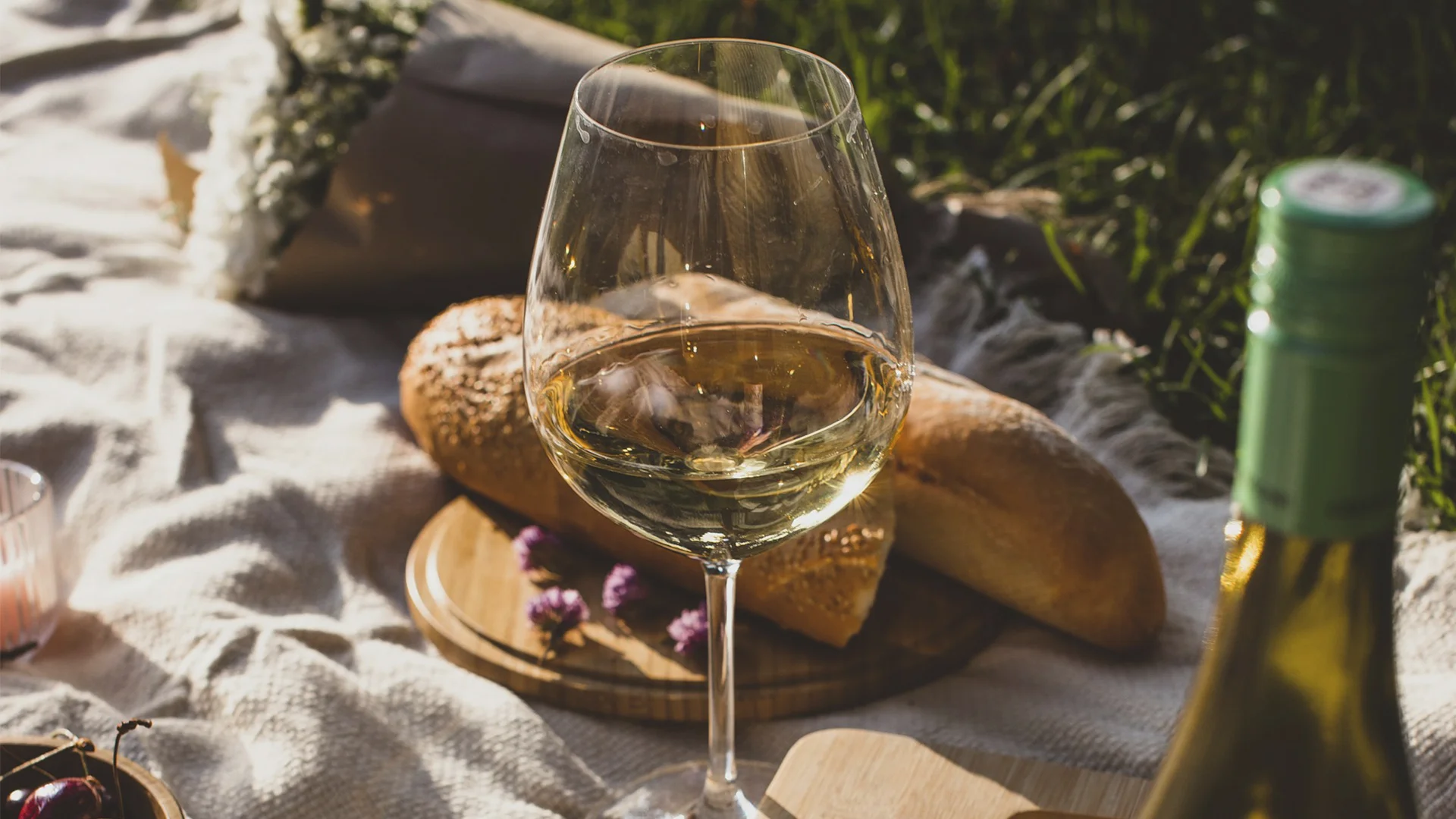
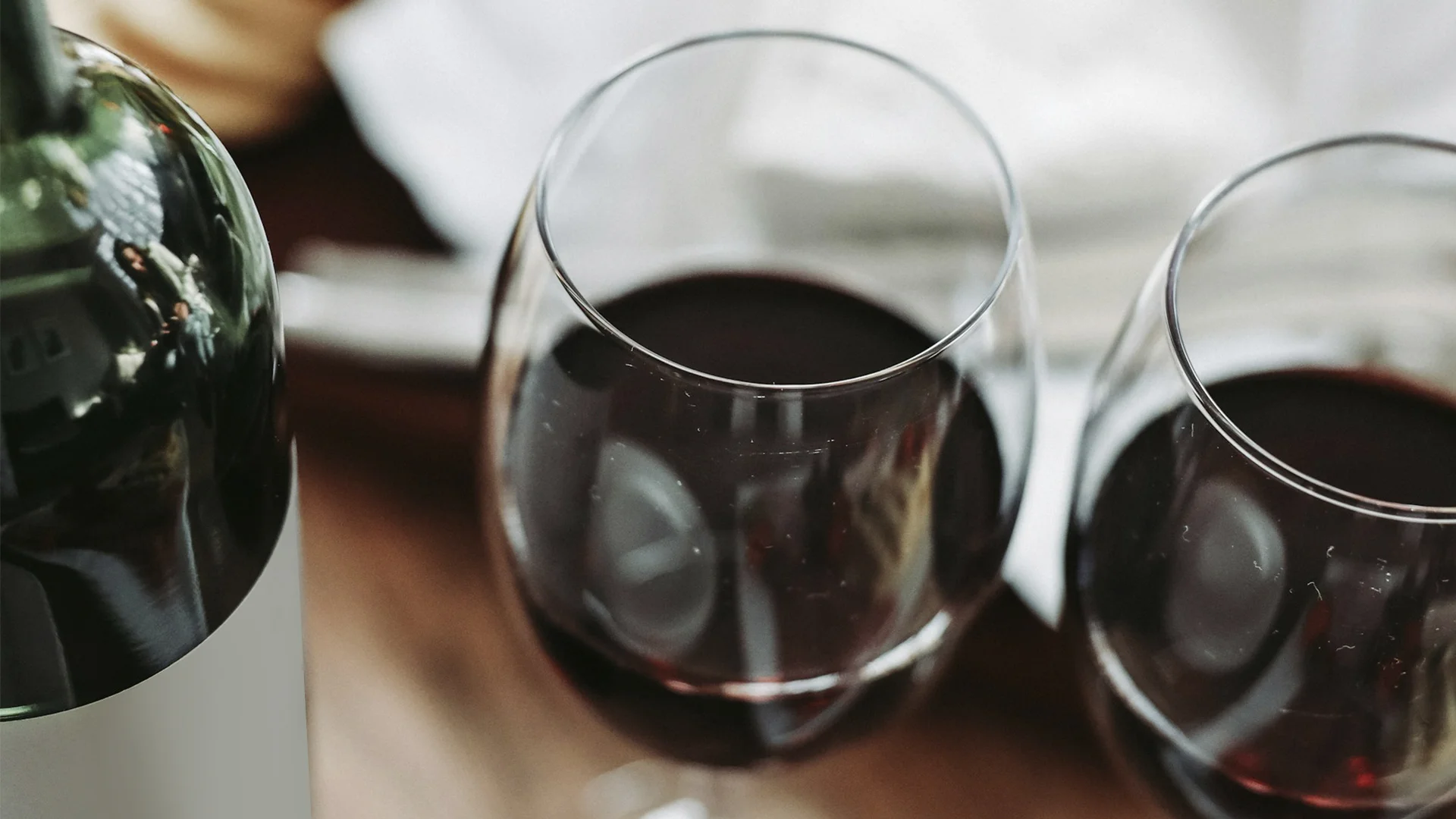

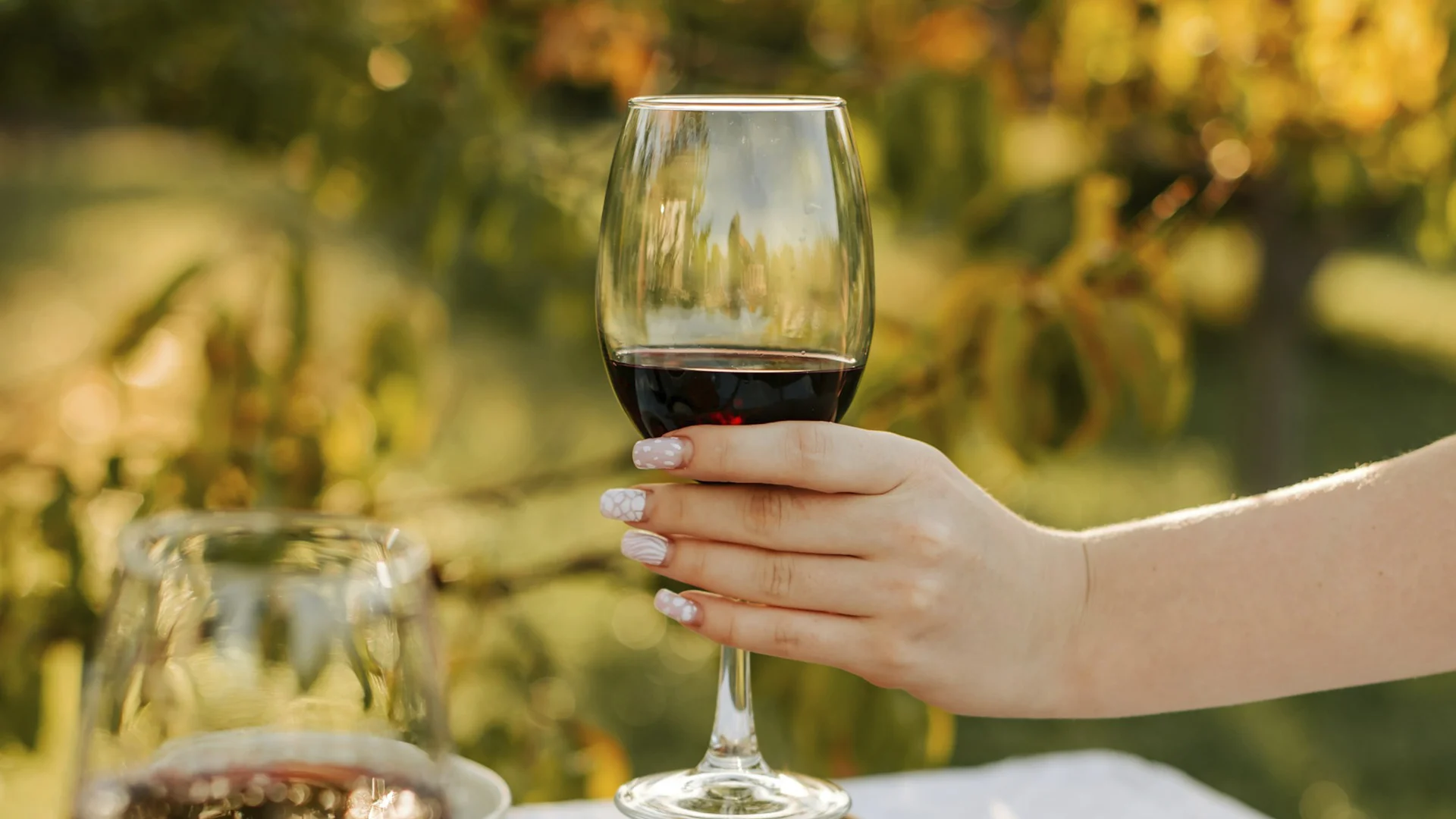

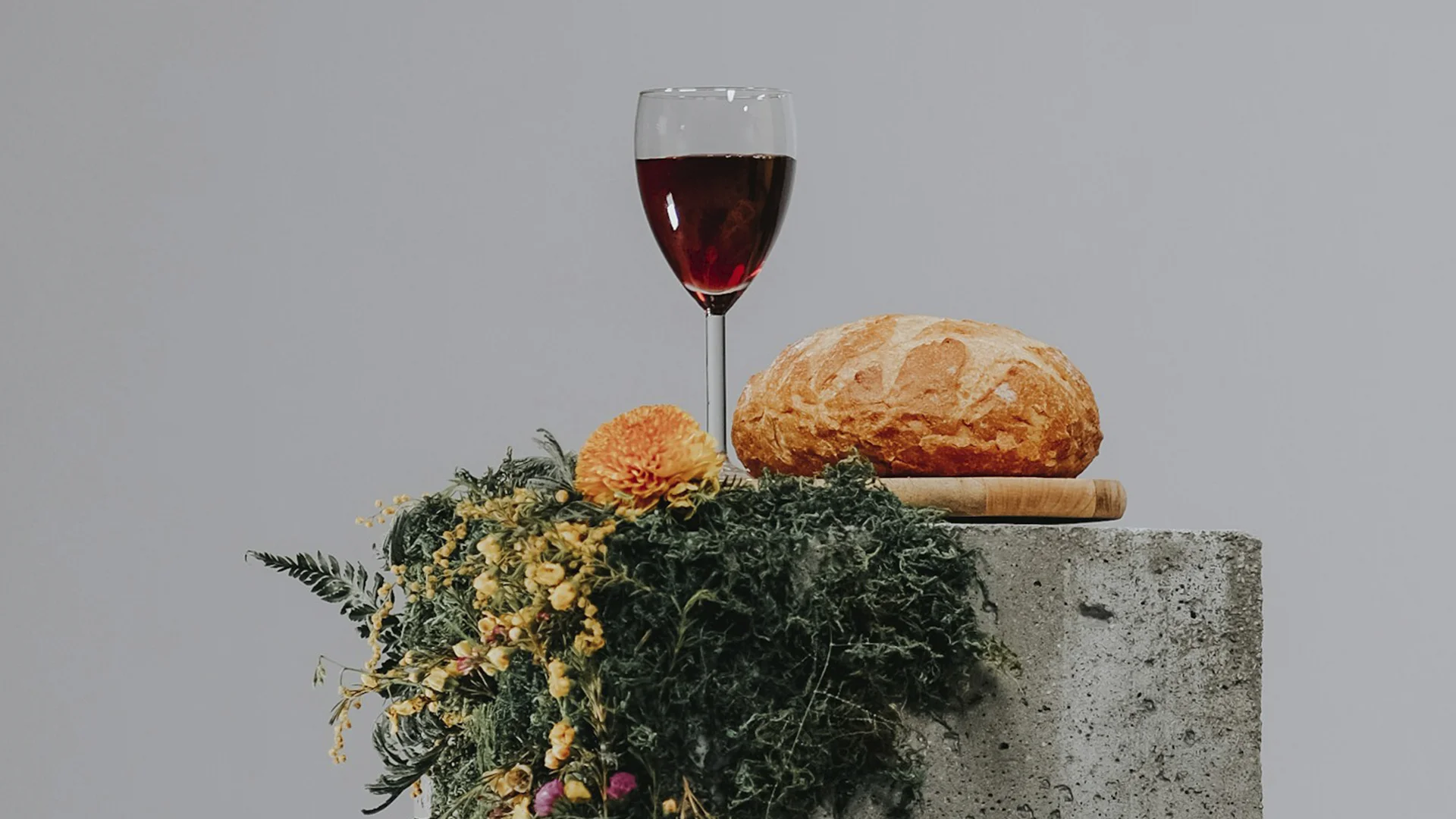


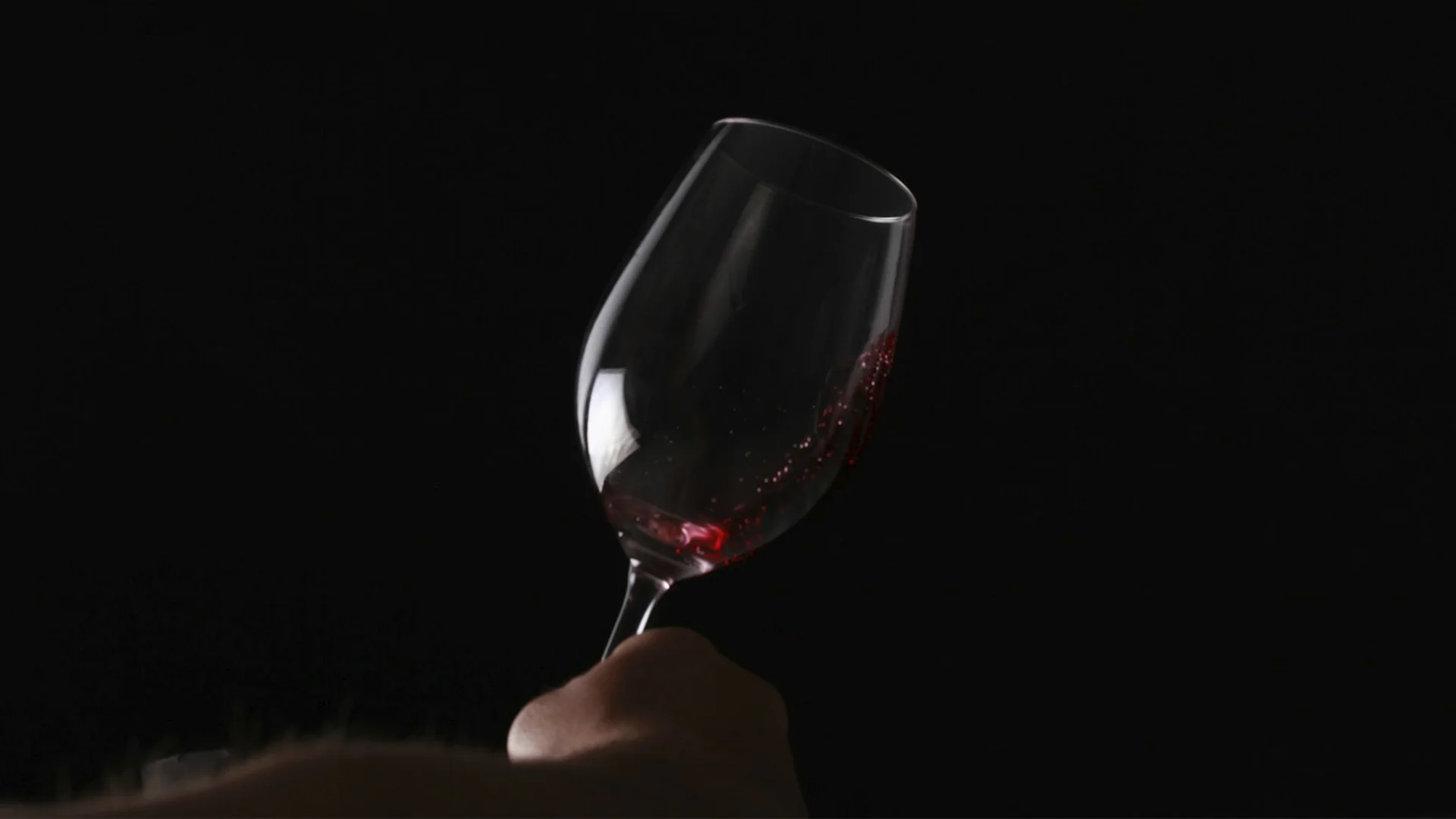
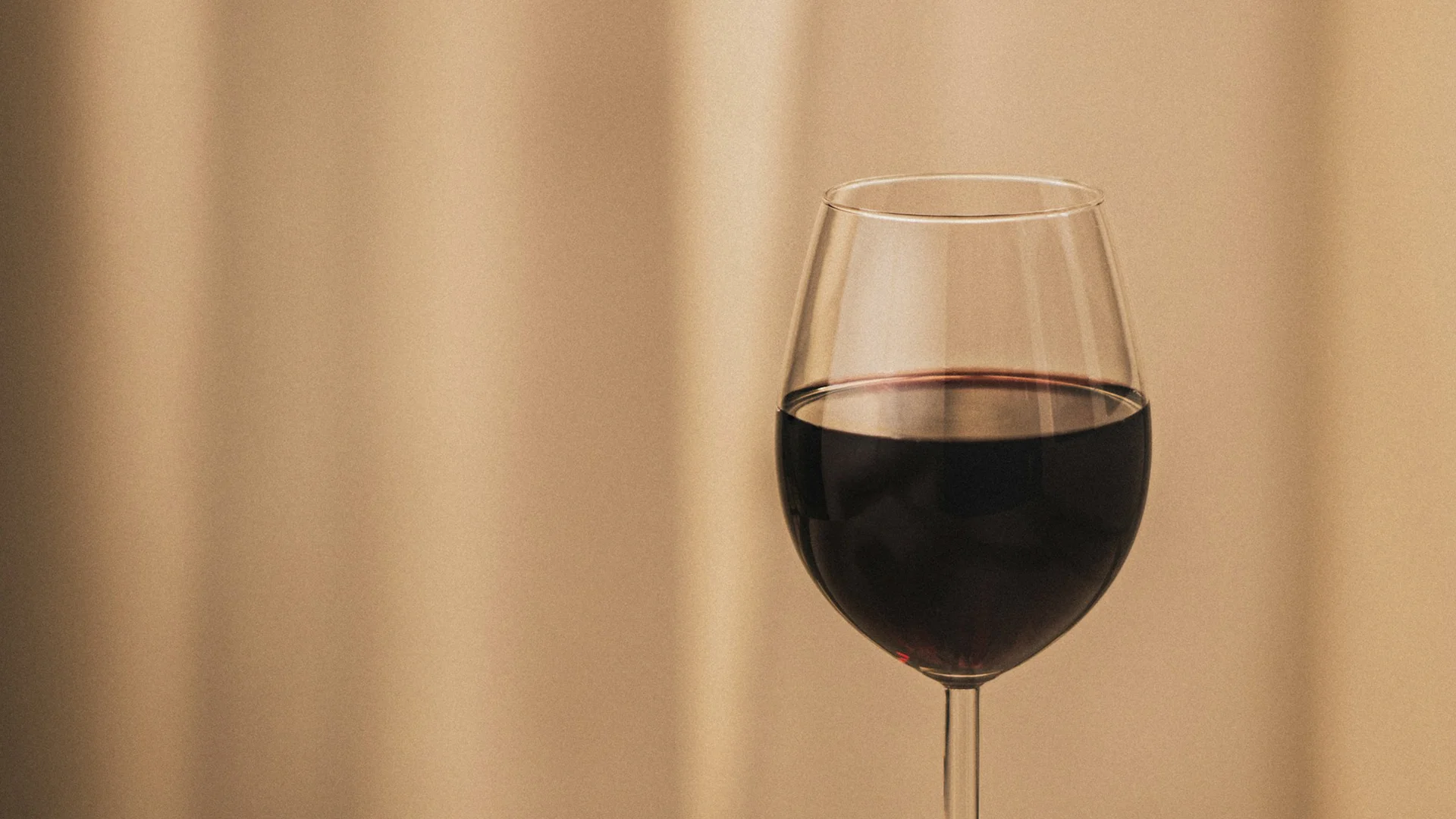
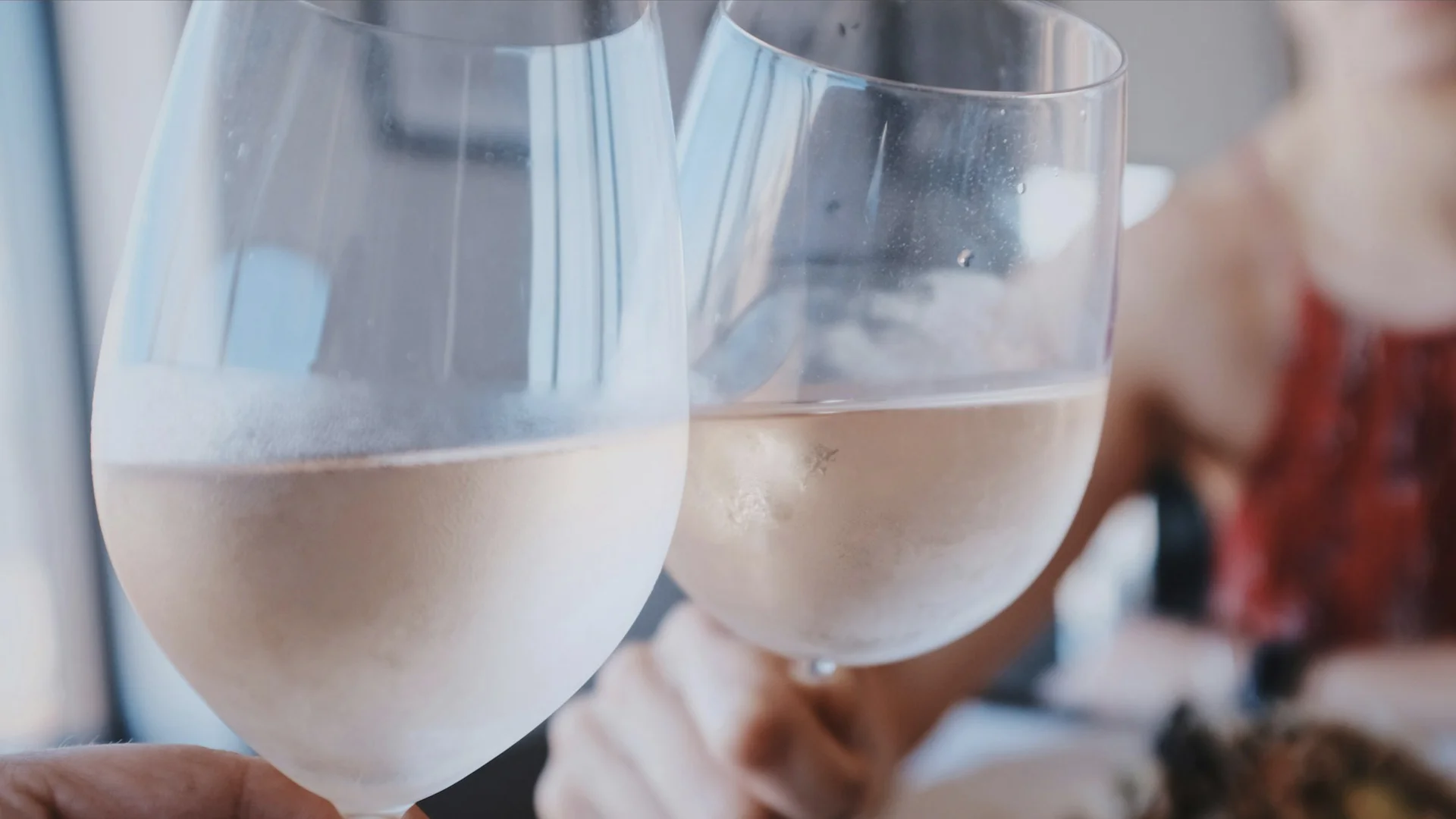

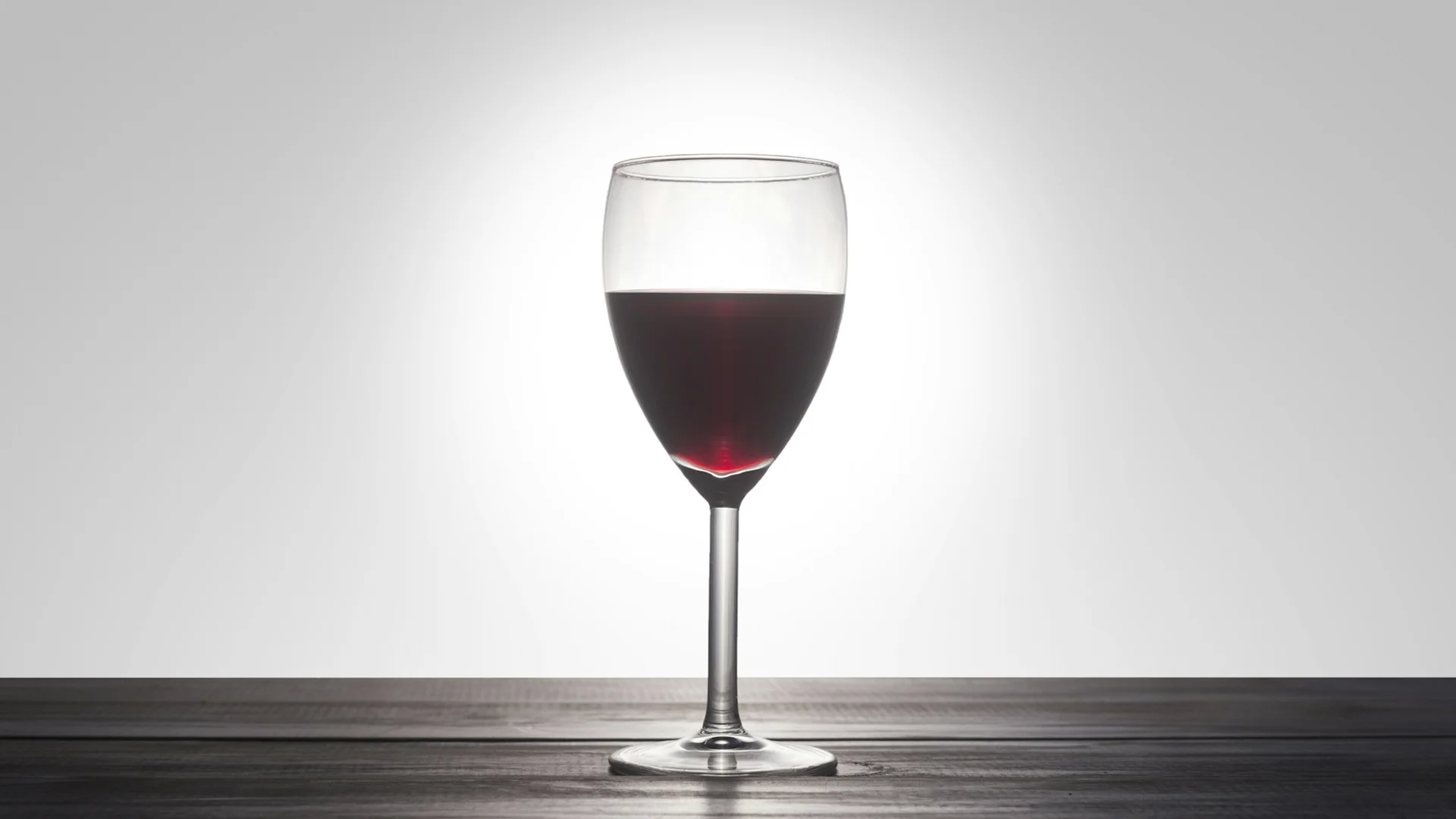

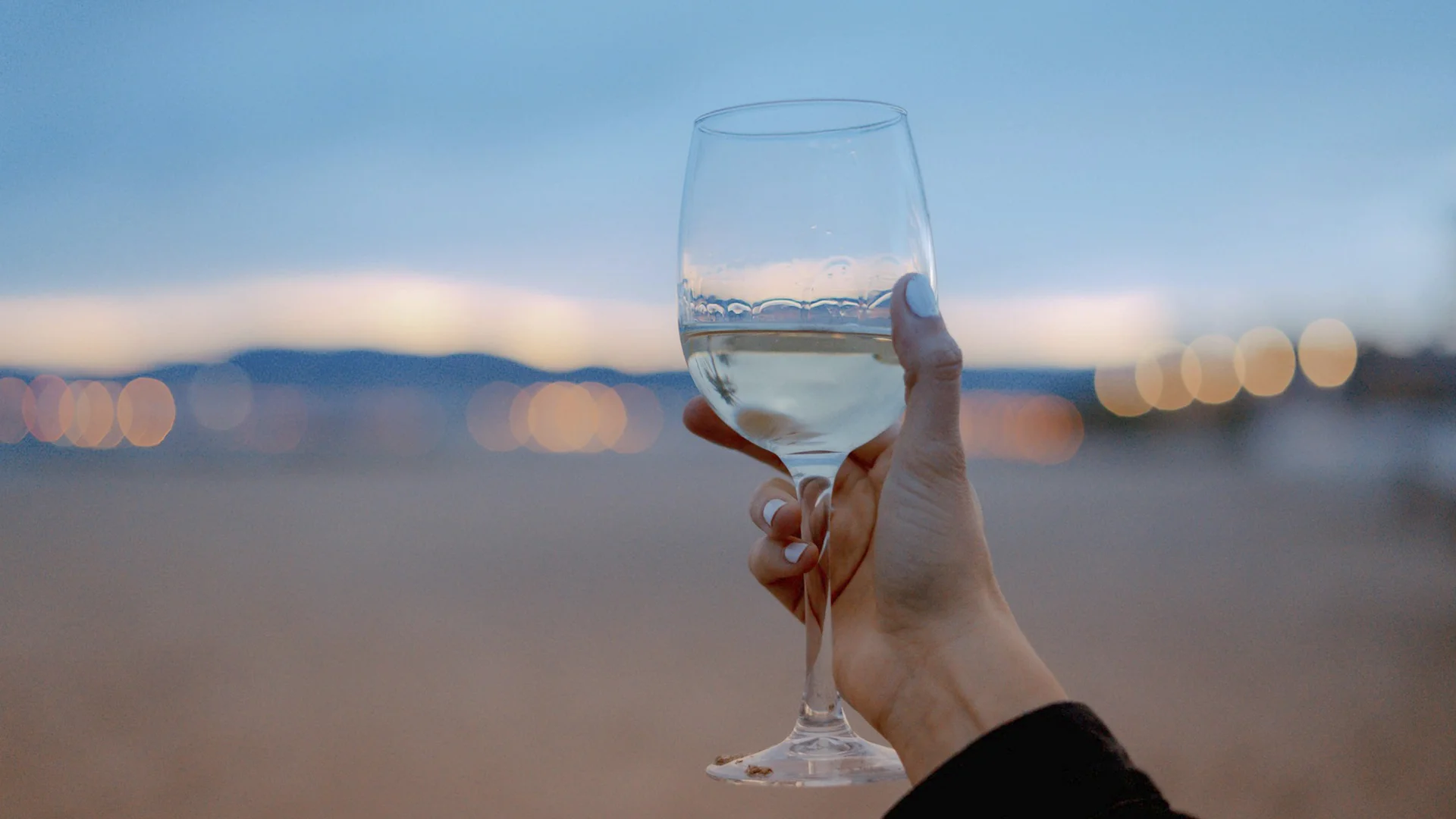
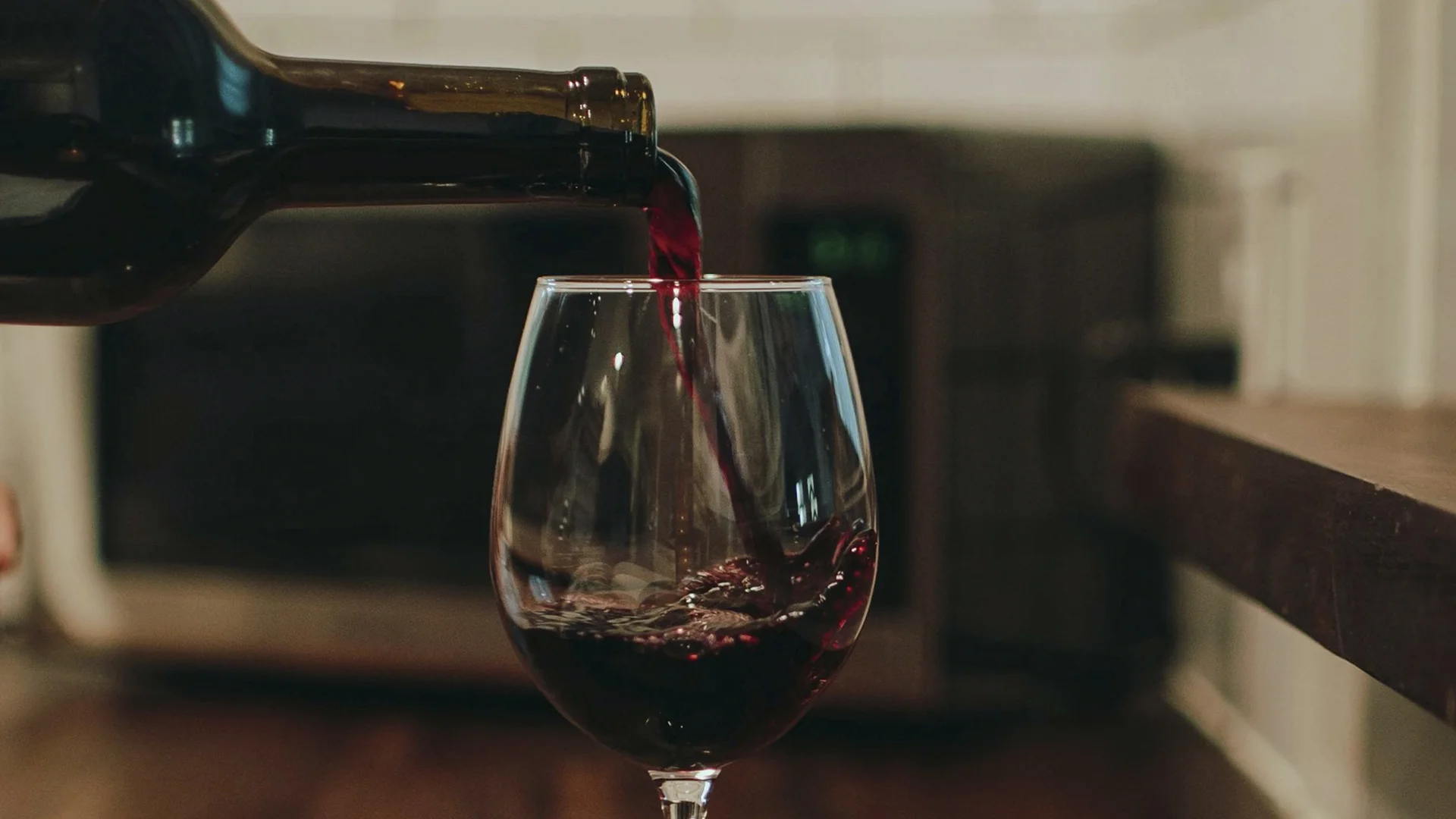
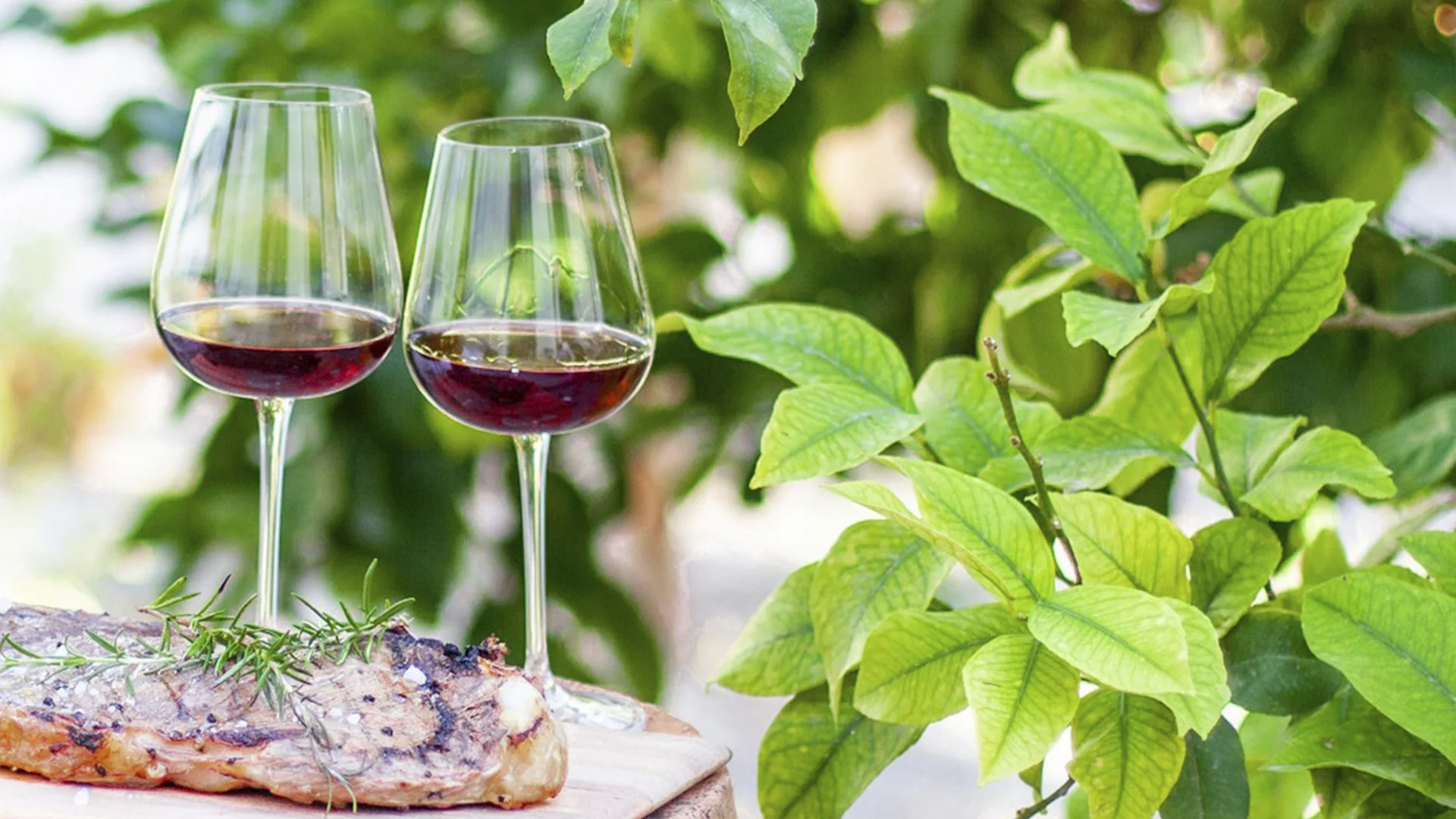

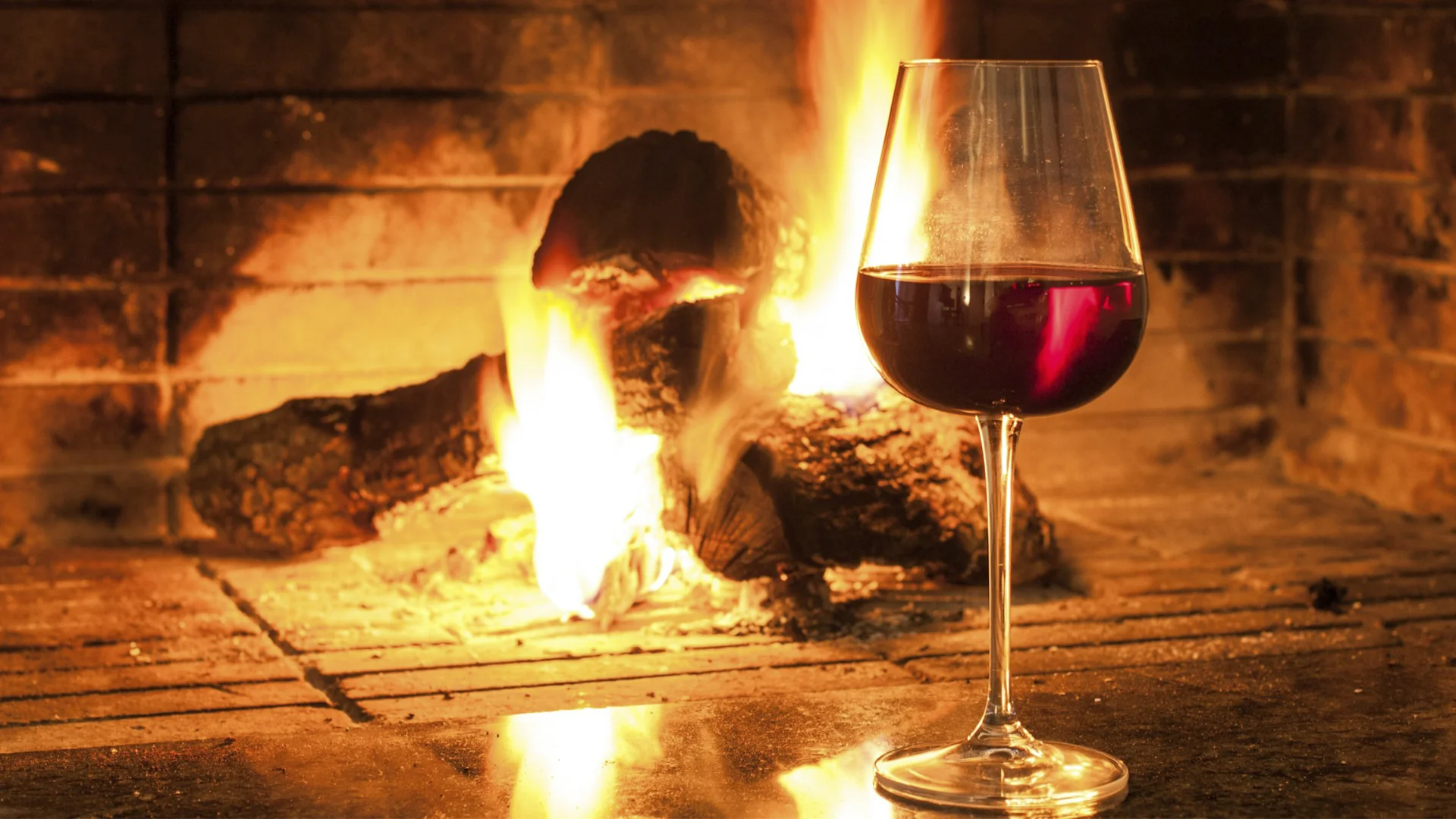
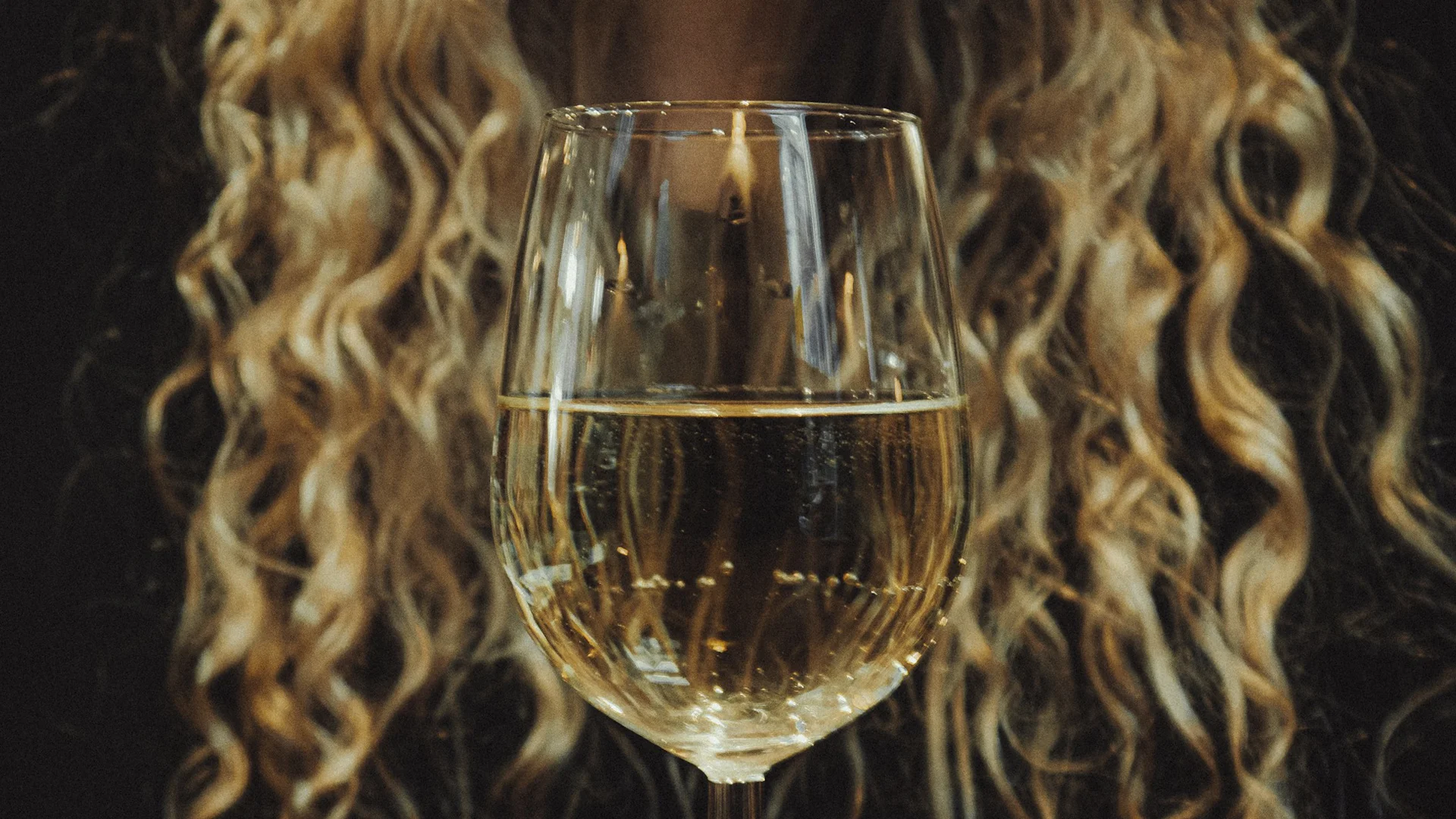
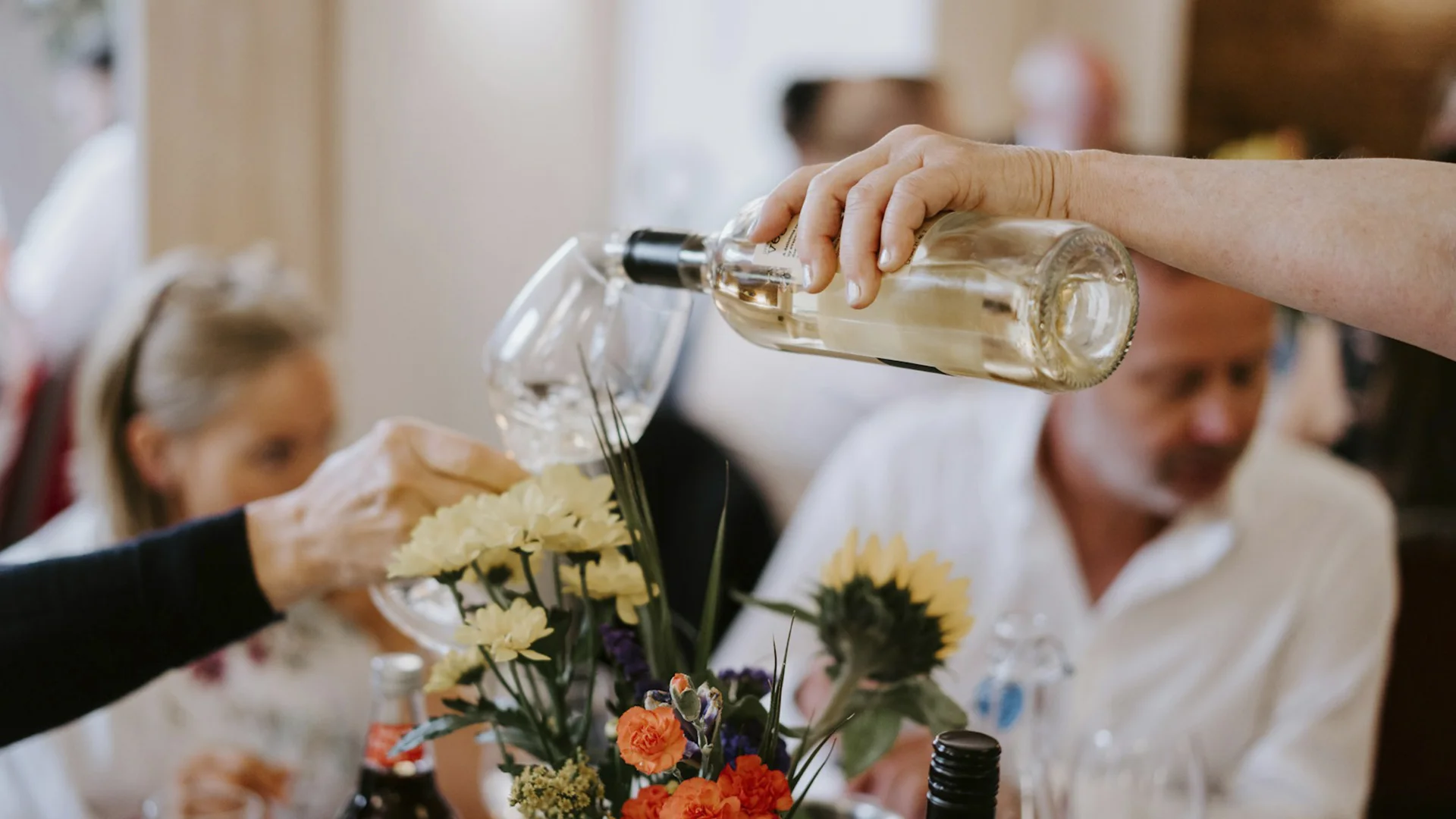
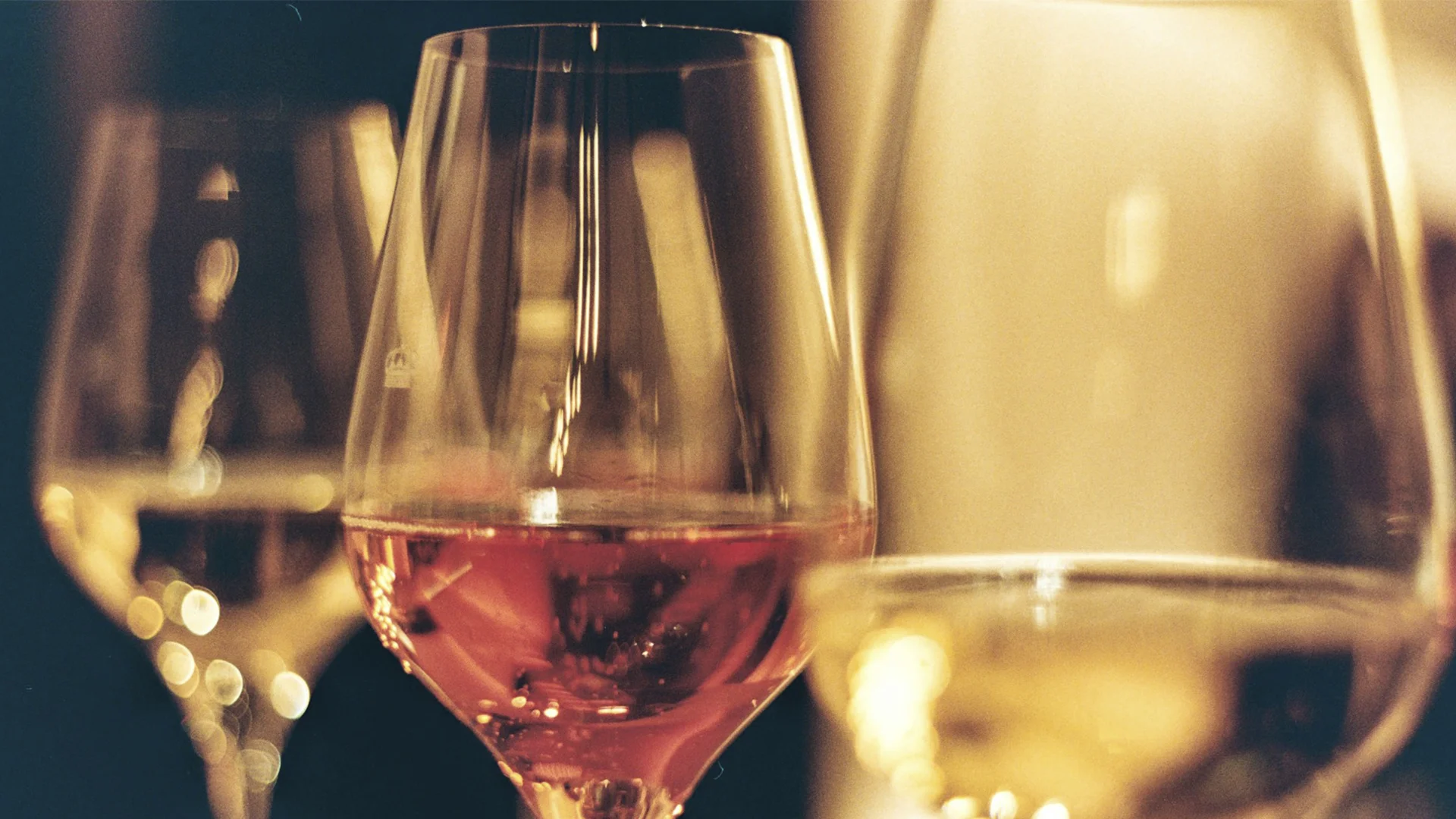
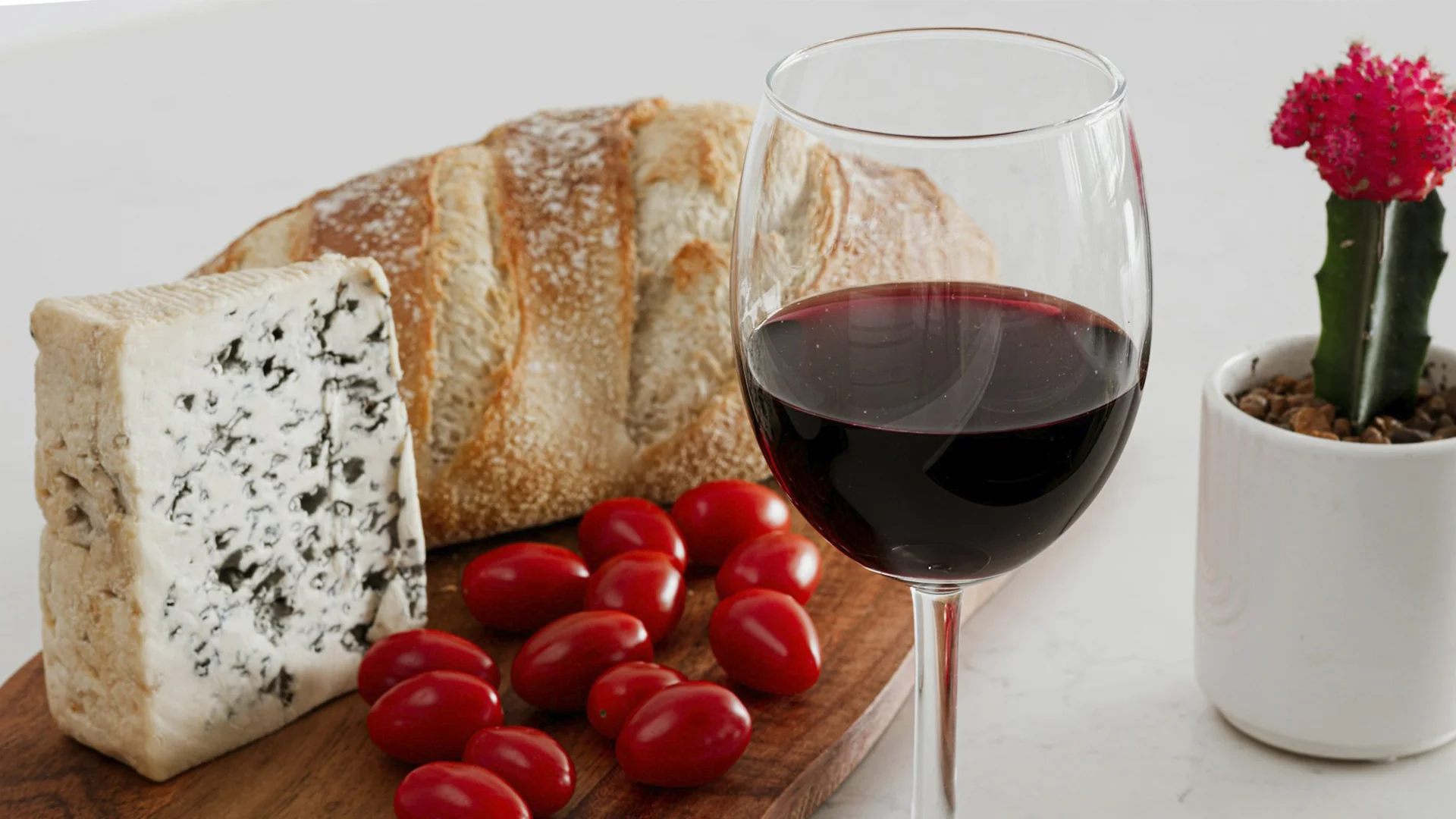
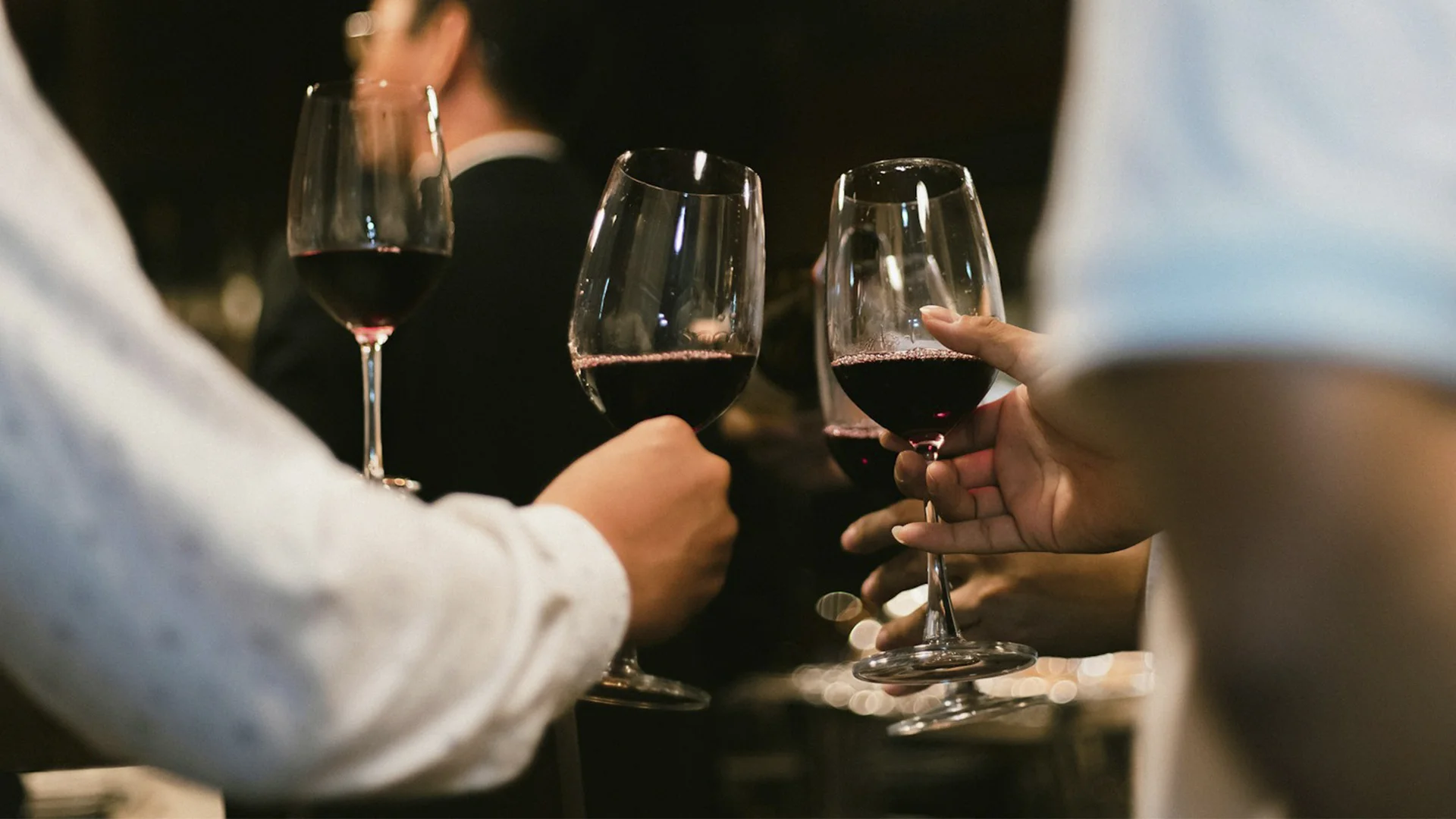

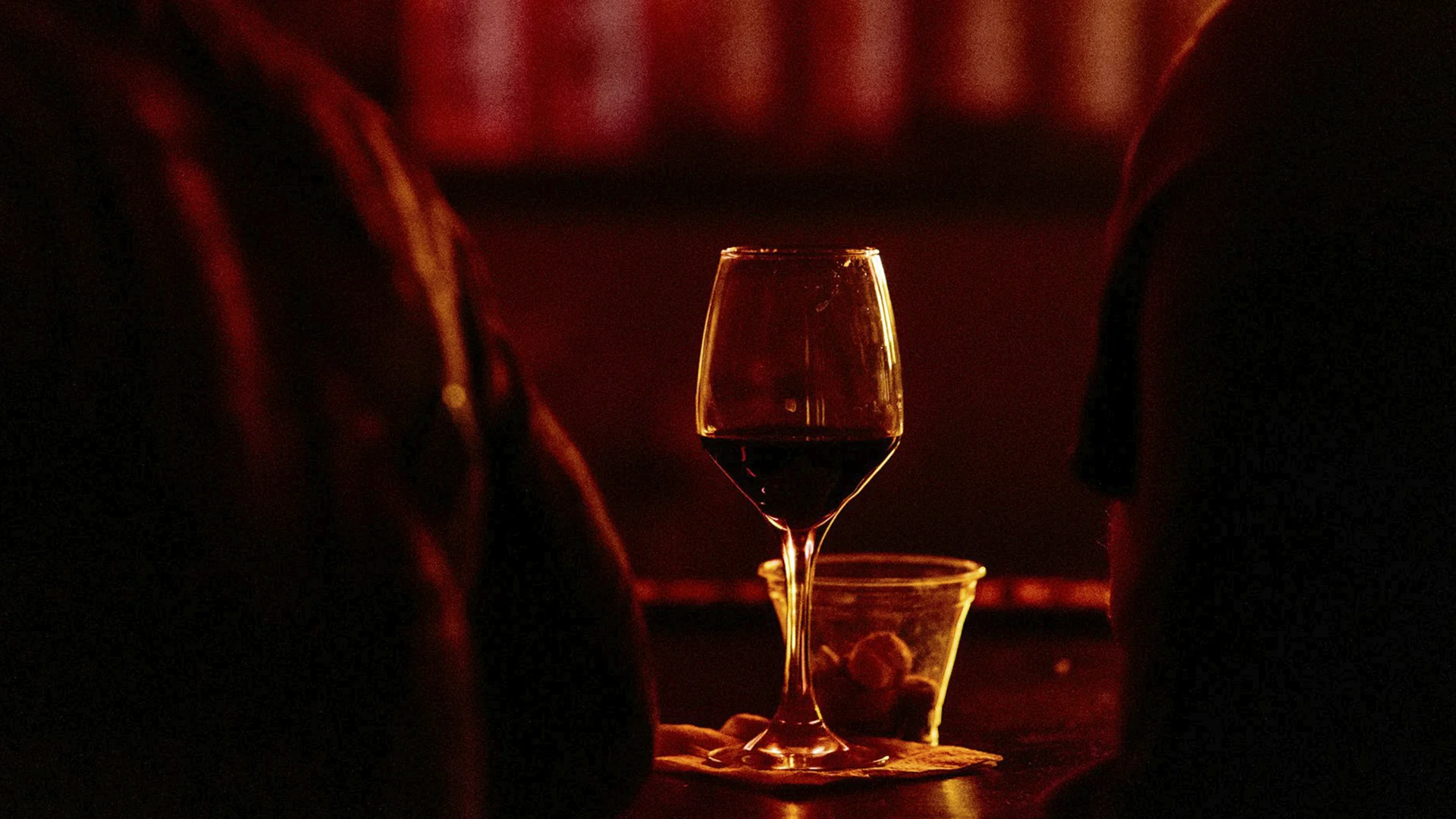
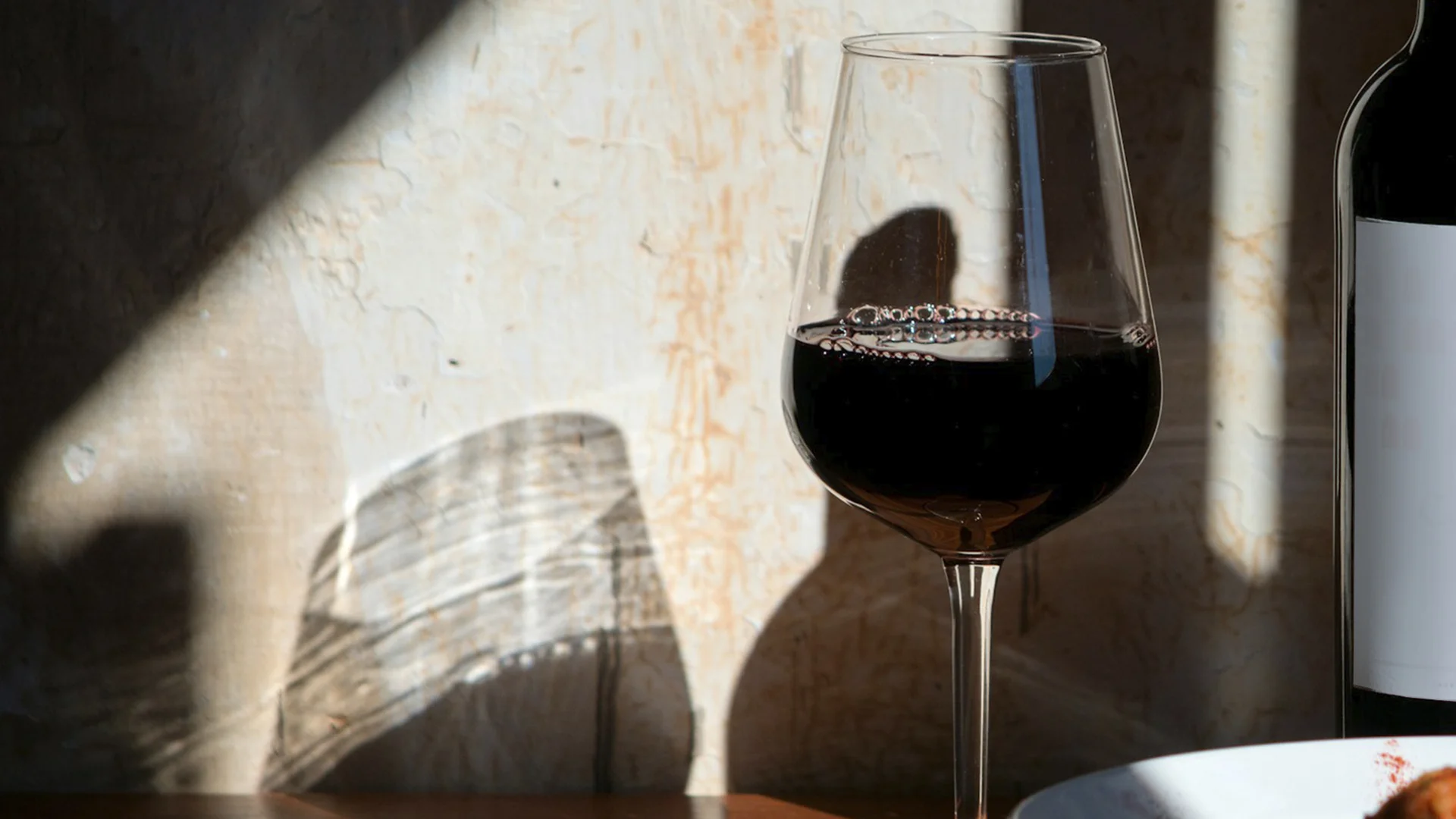
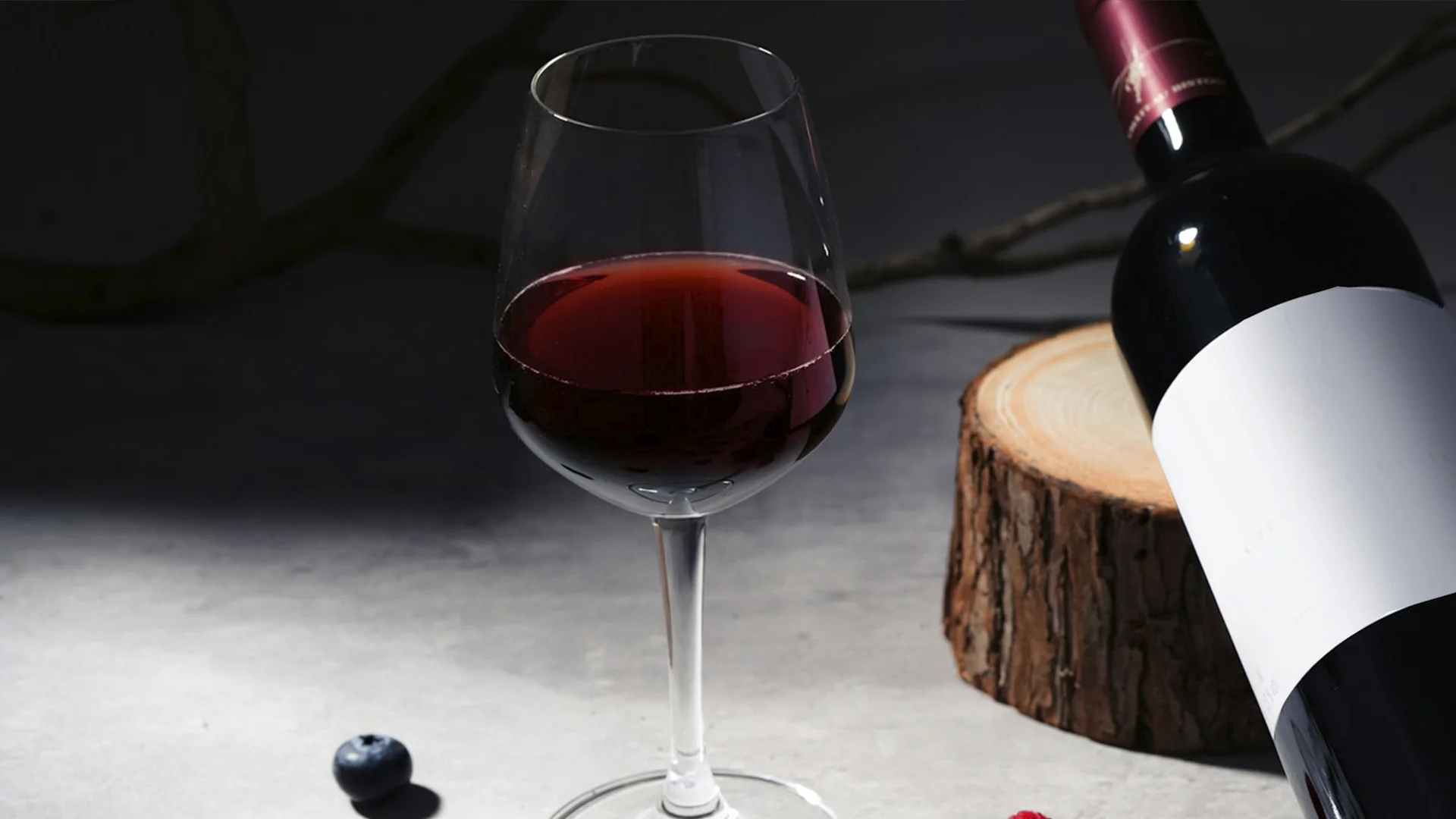
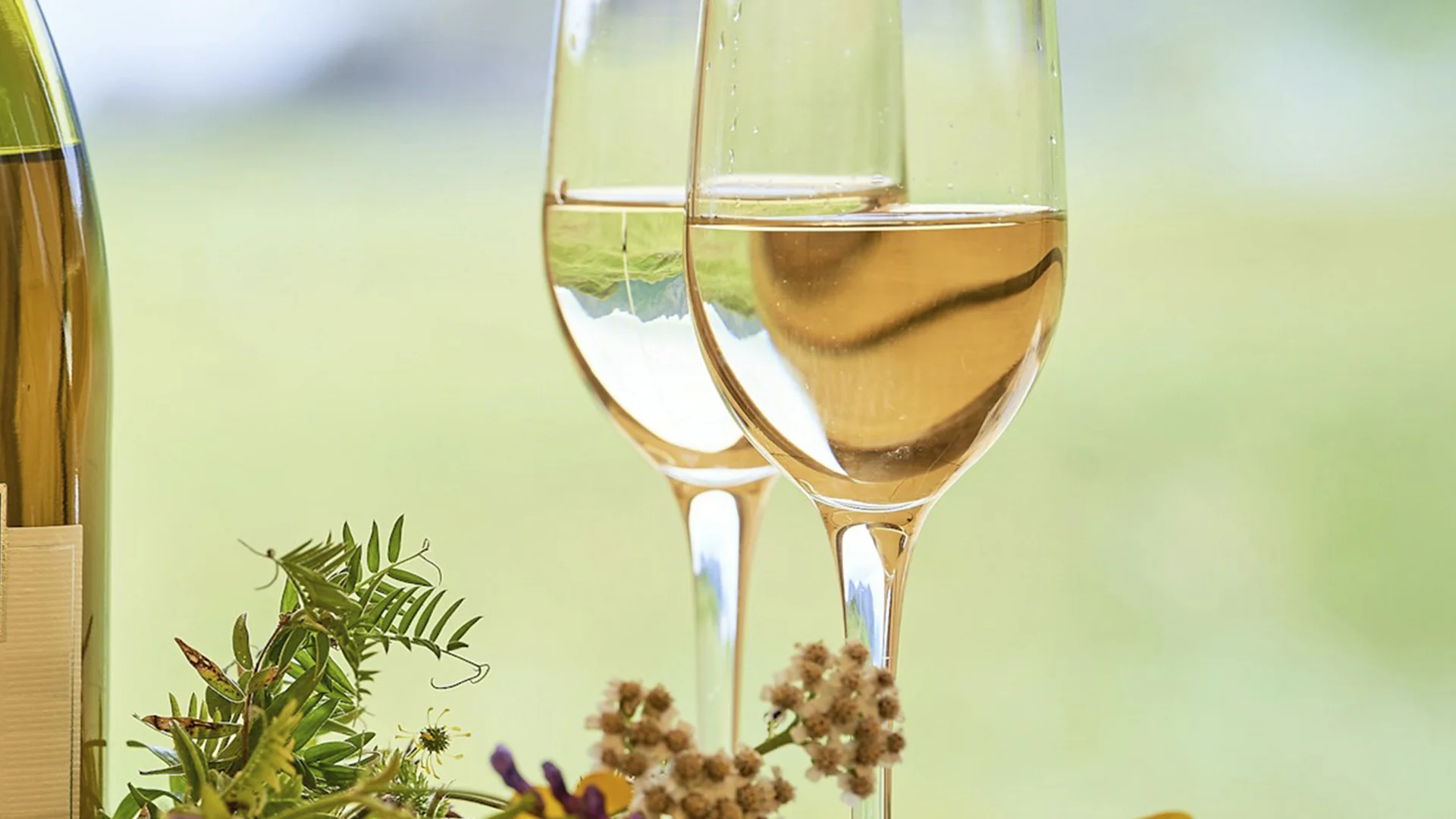
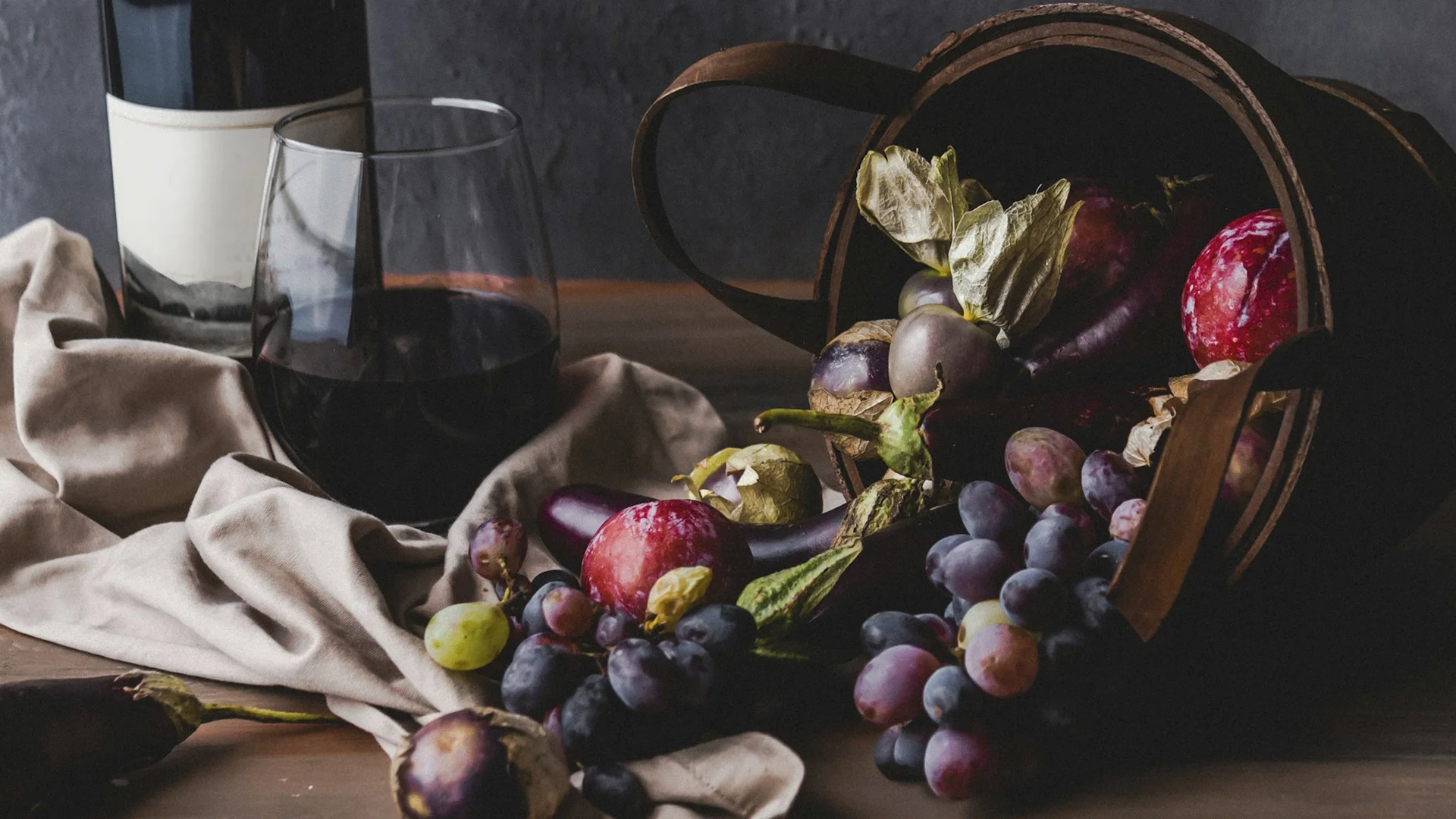
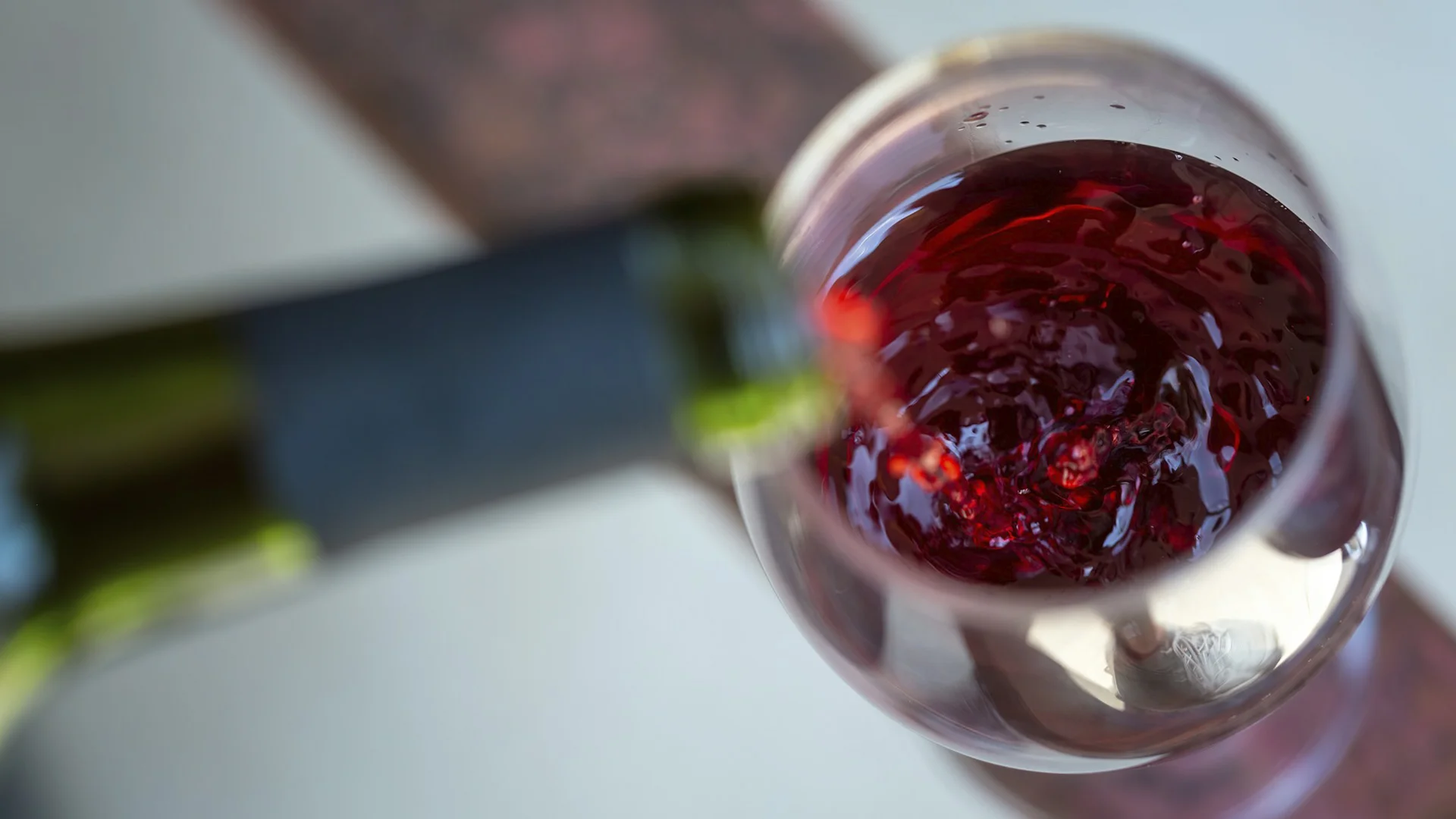
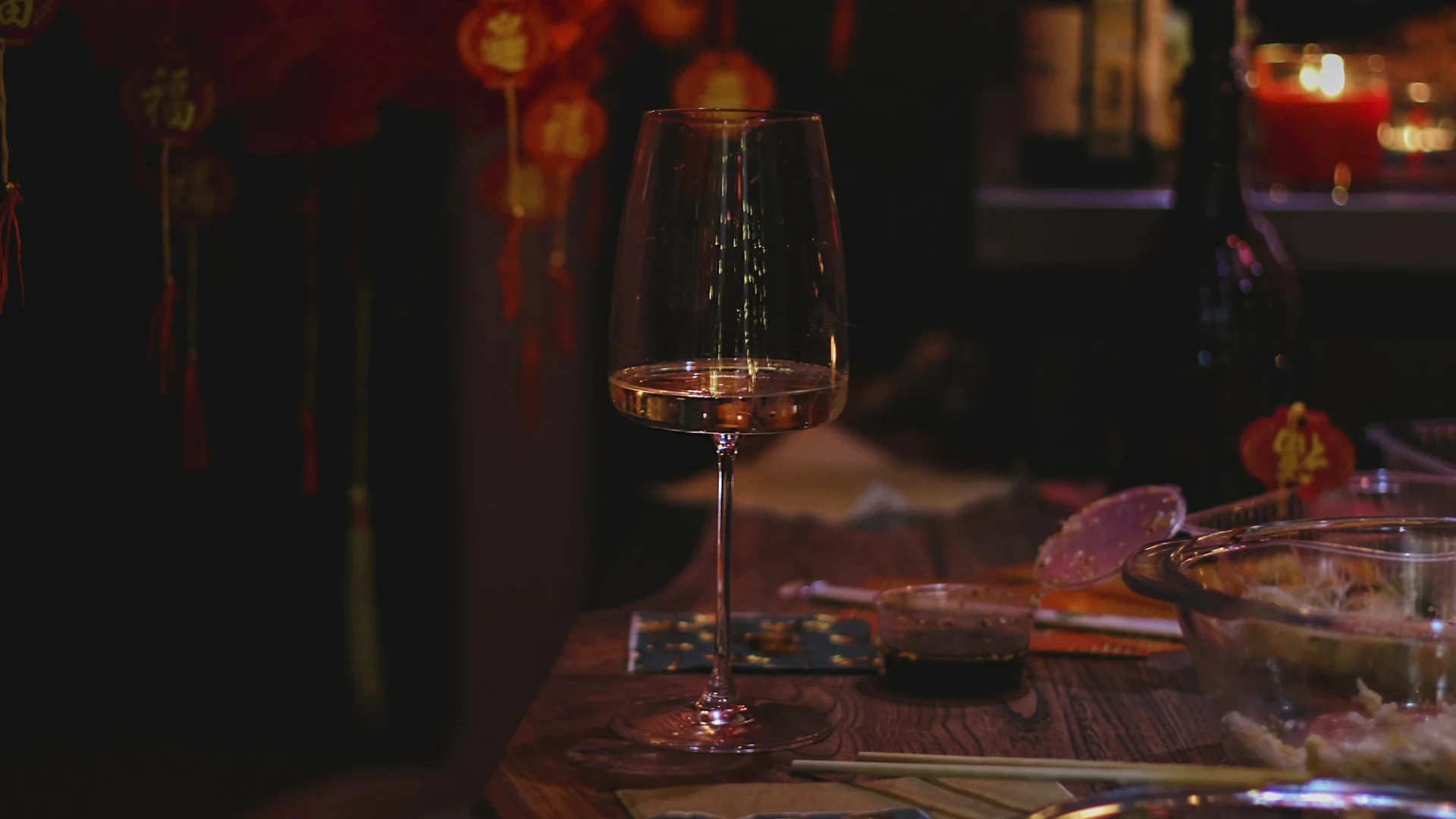
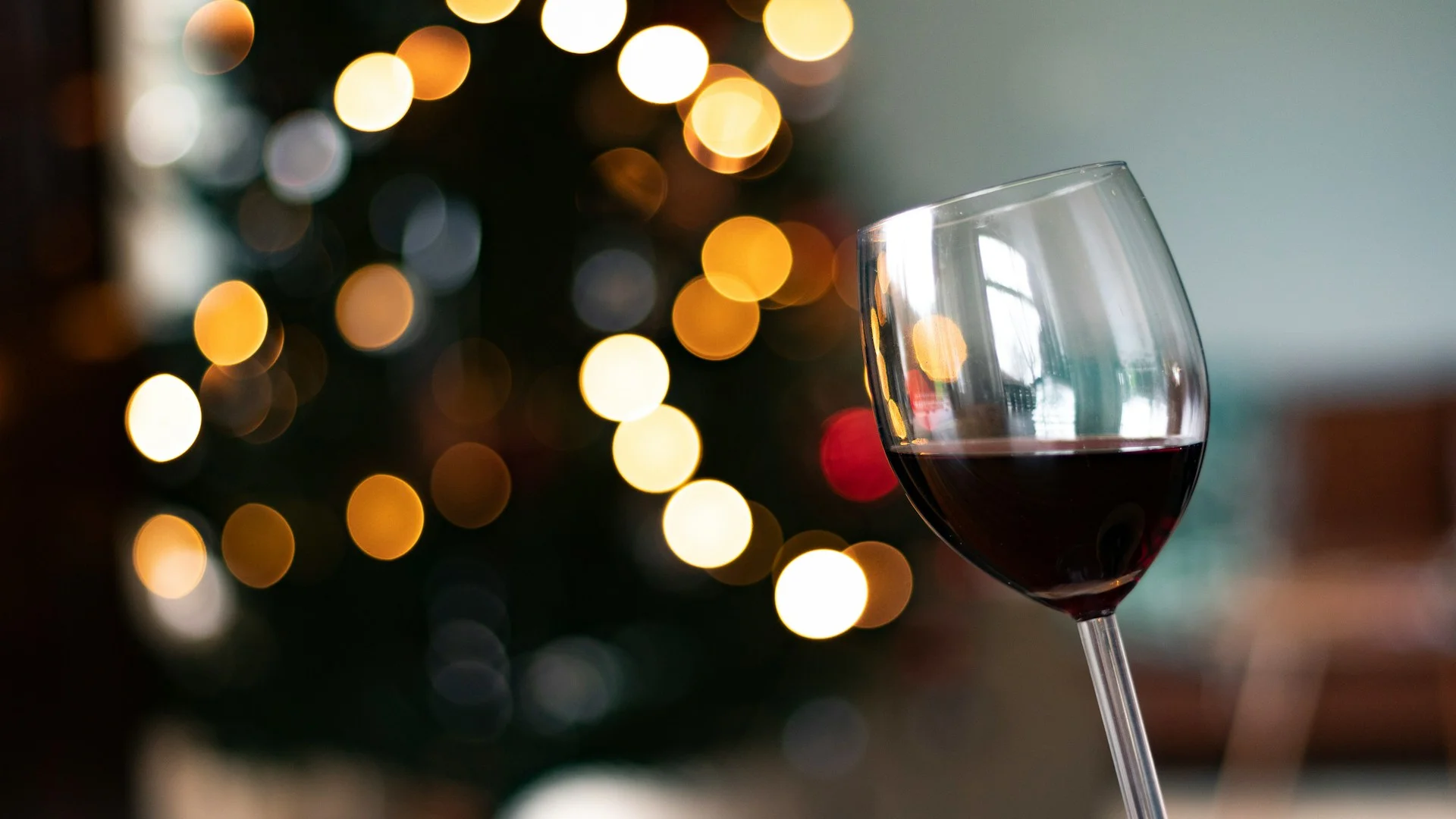
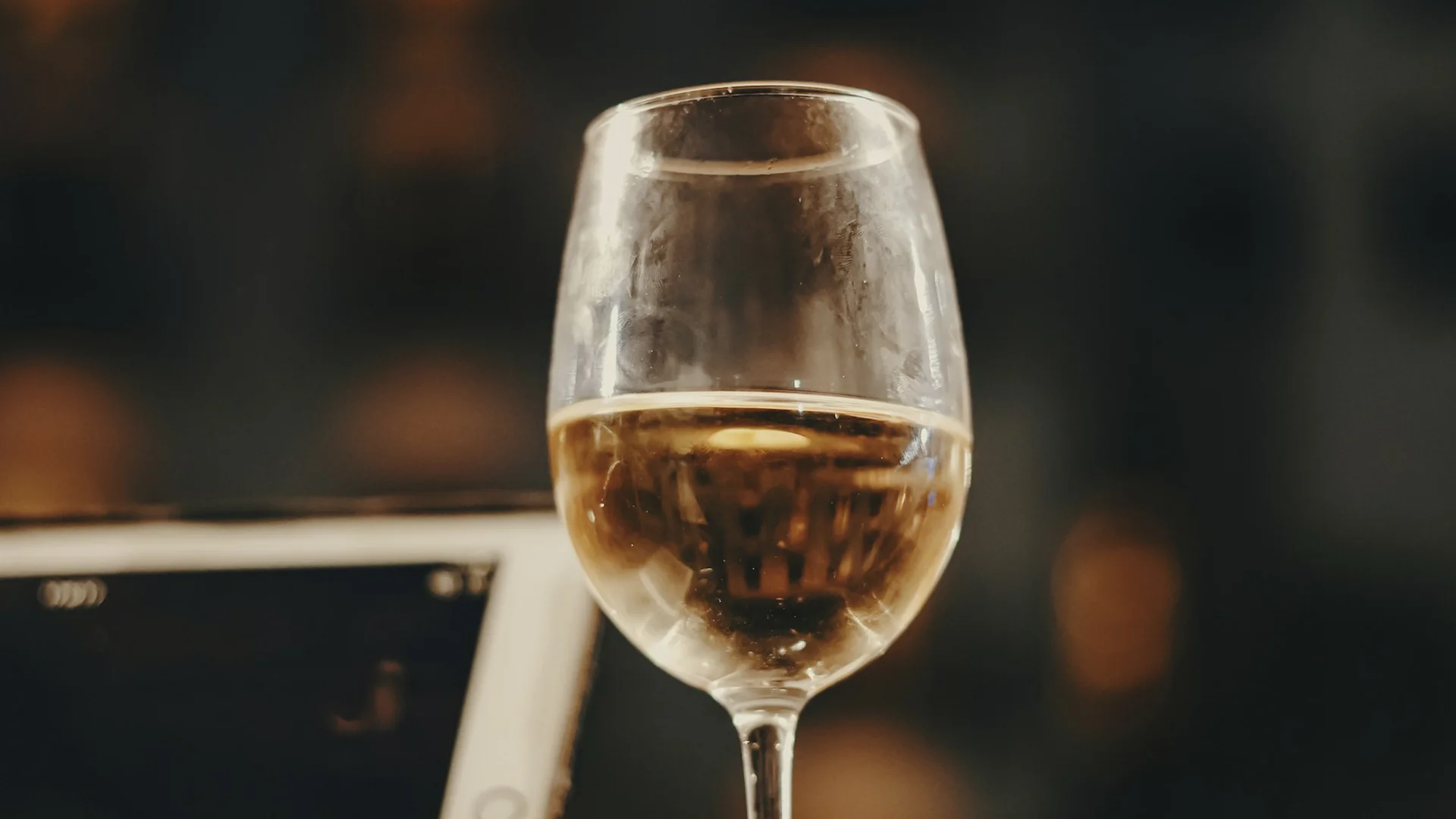




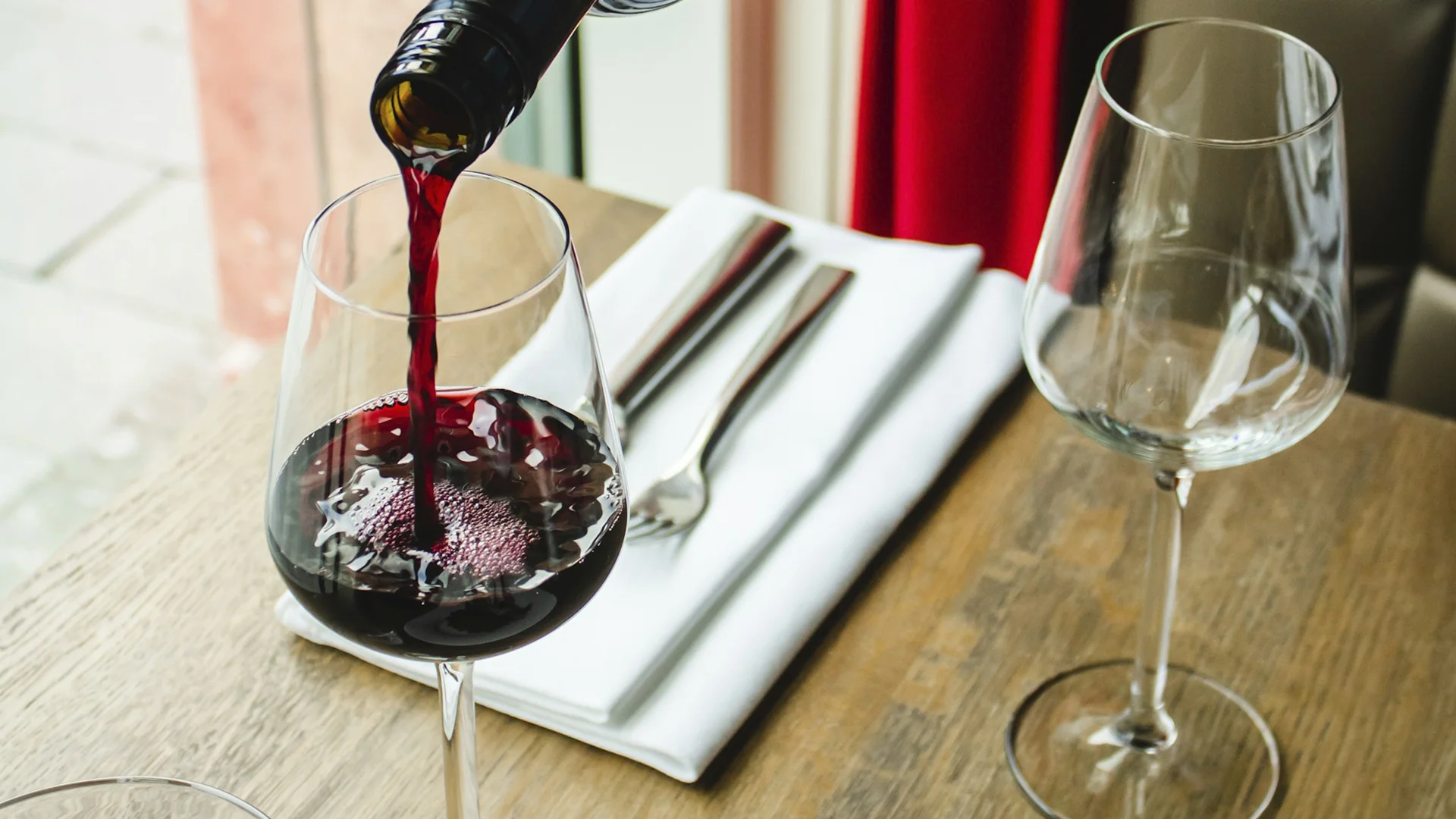












.webp)

.webp)
.webp)
.webp)



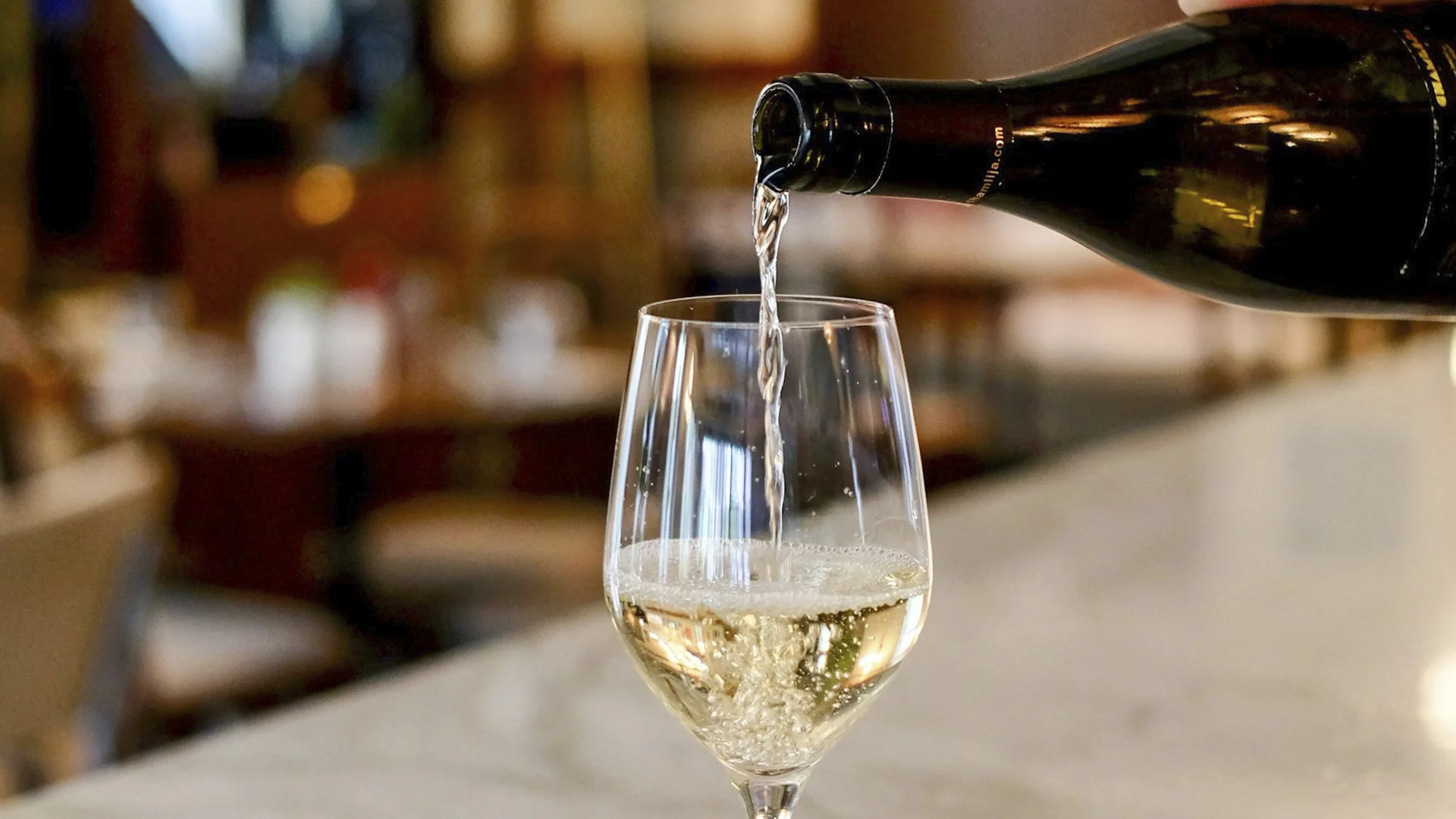


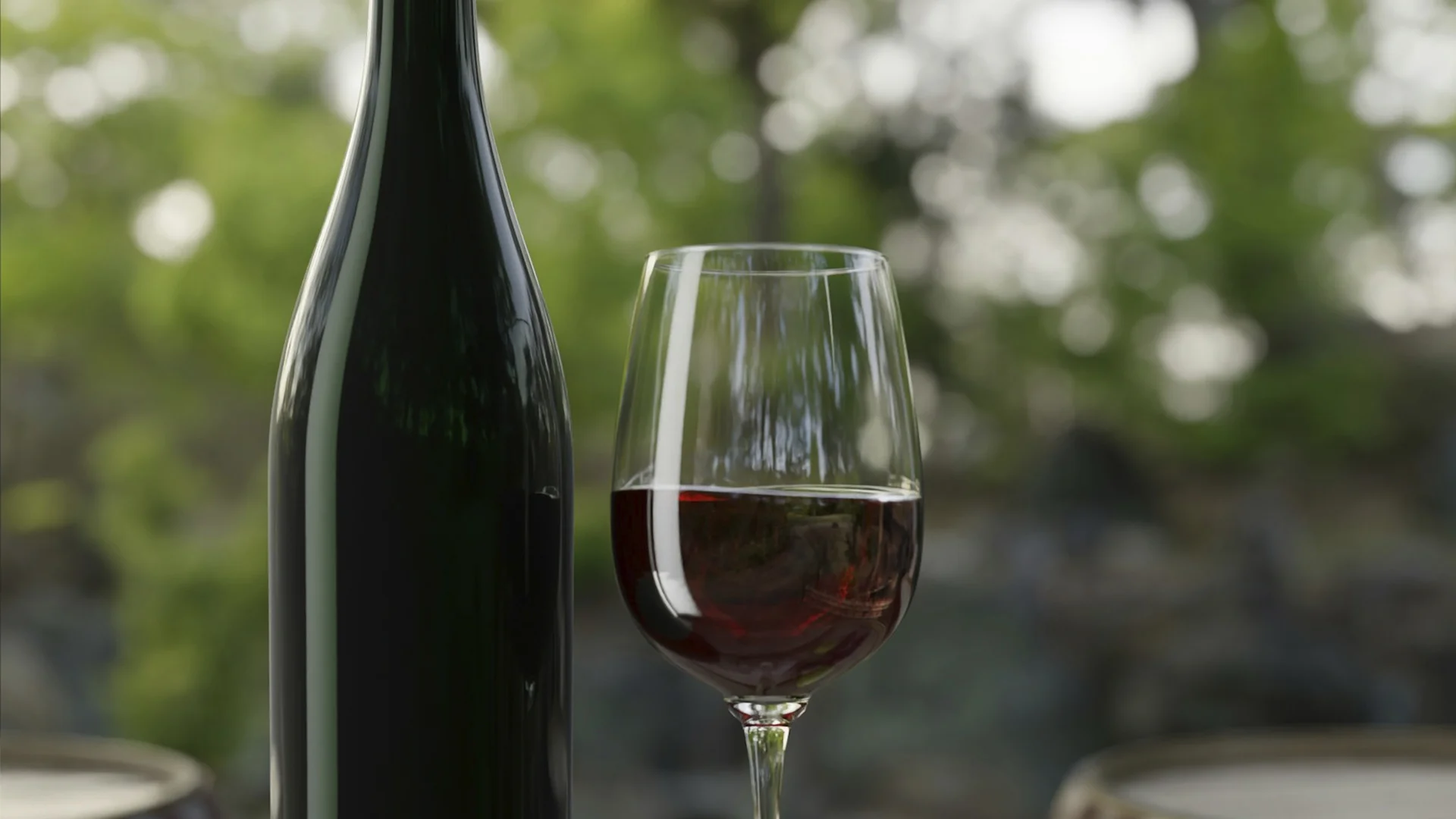



















.webp)













Are you interested in
collaborating with us?